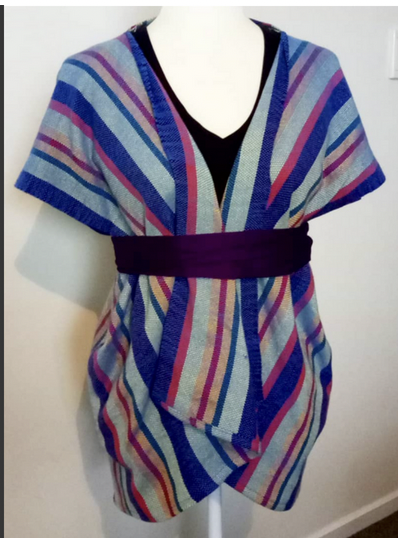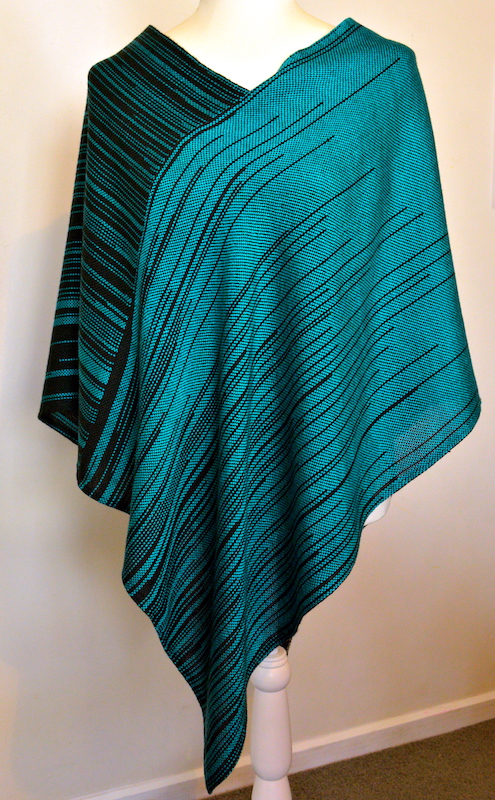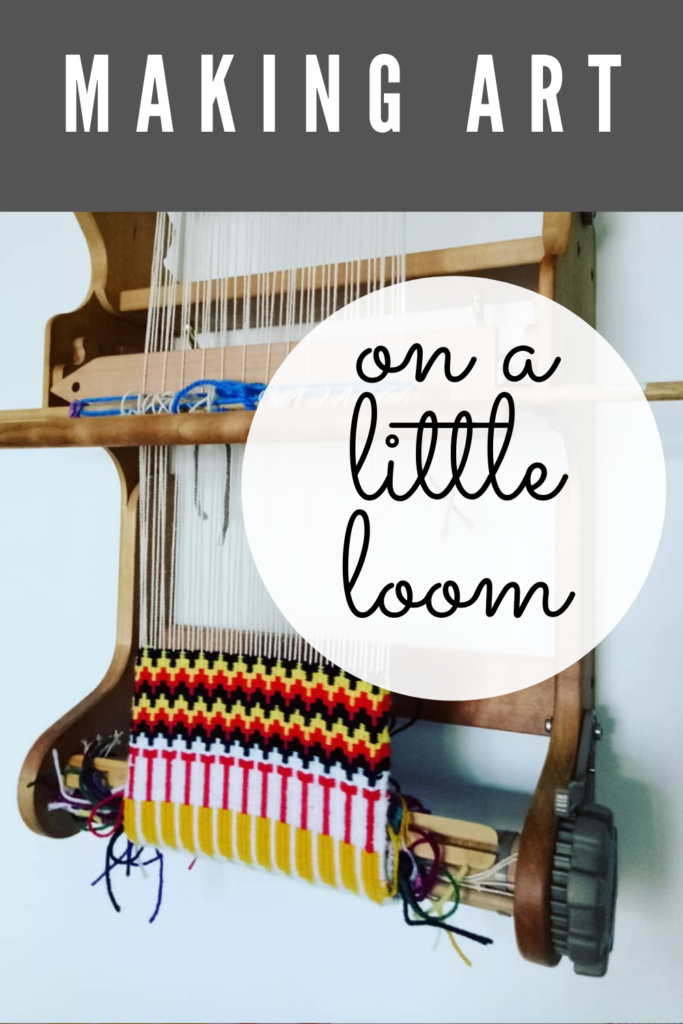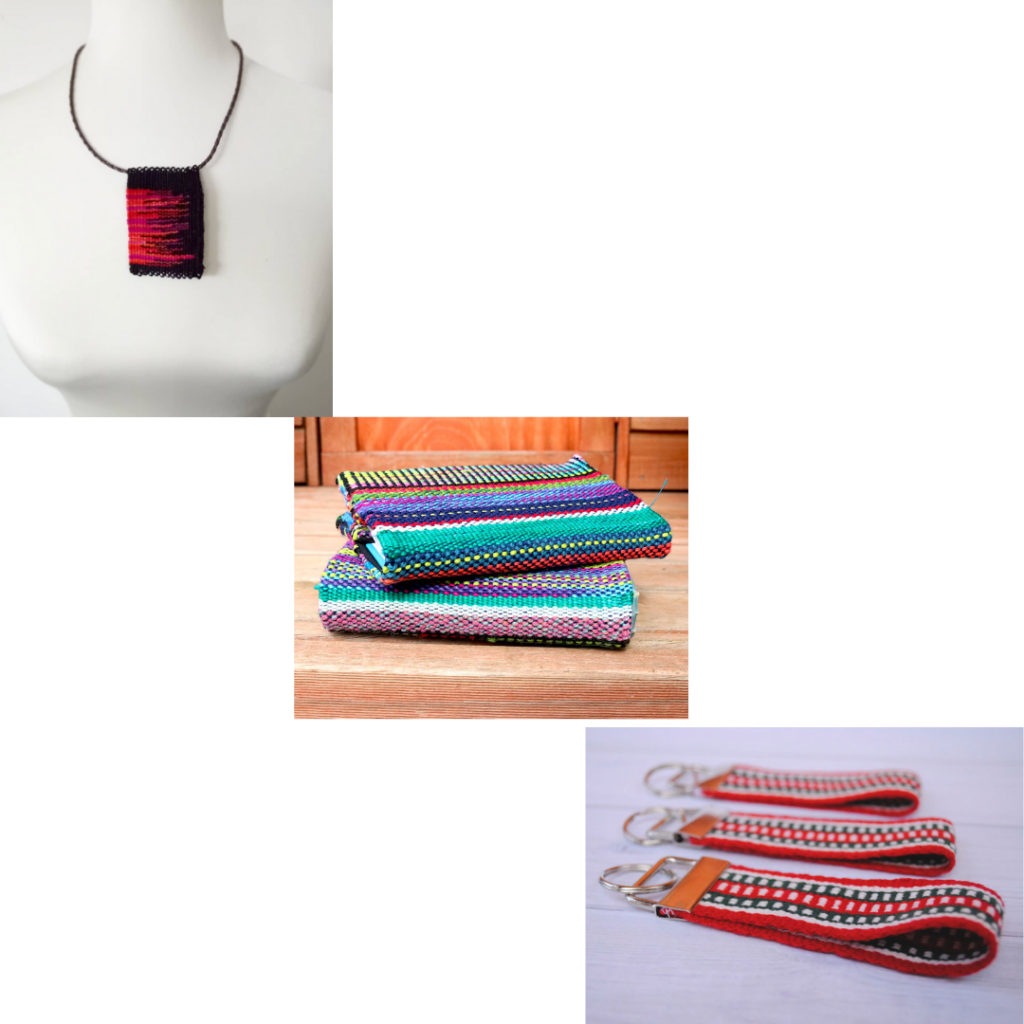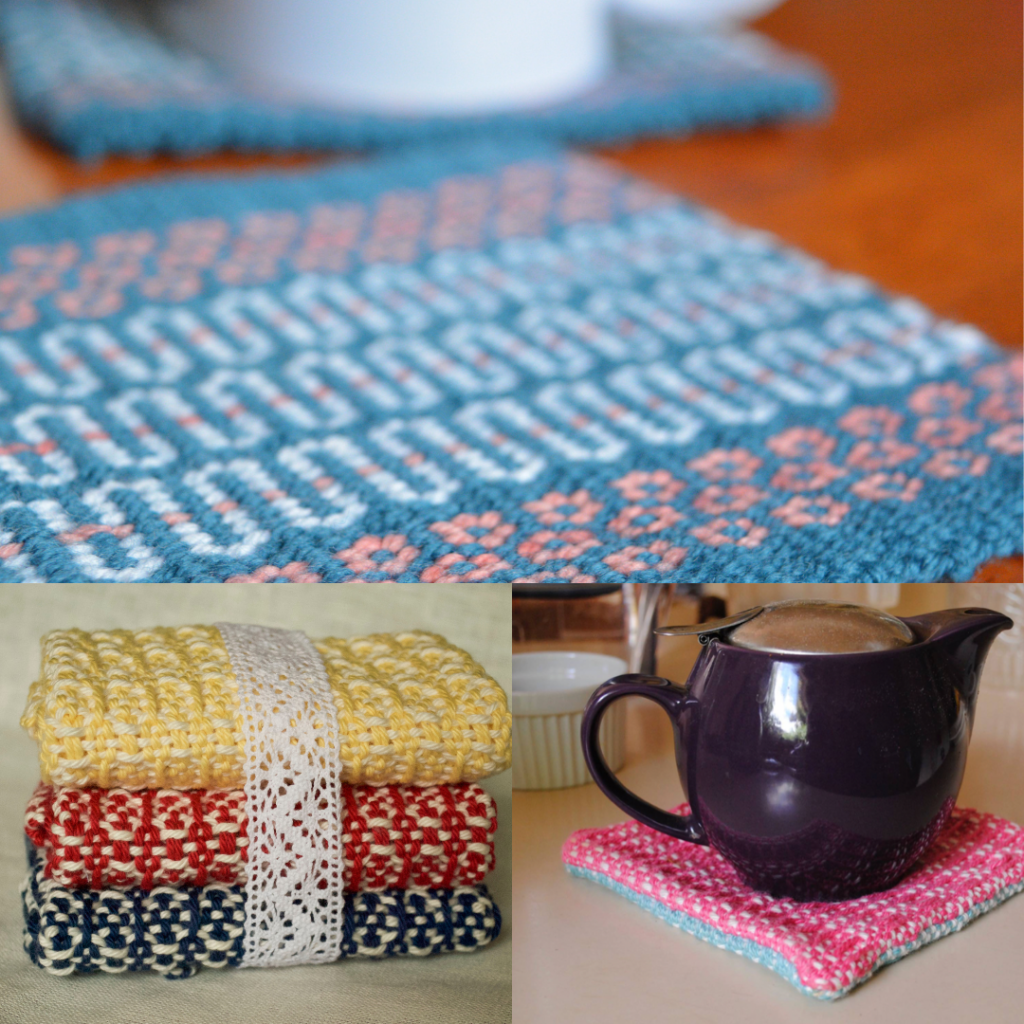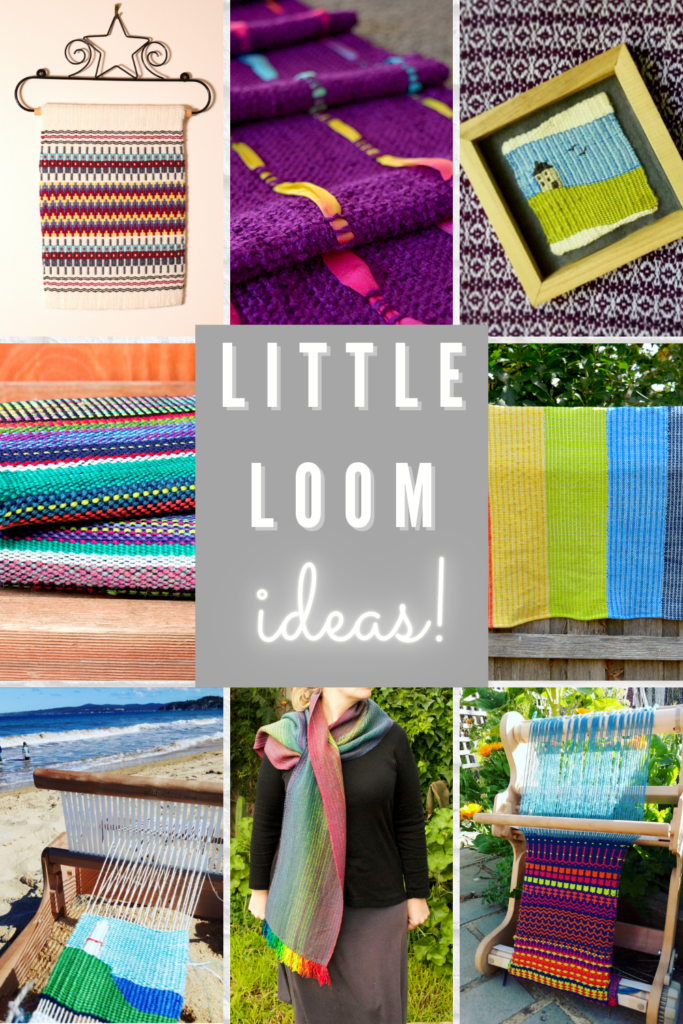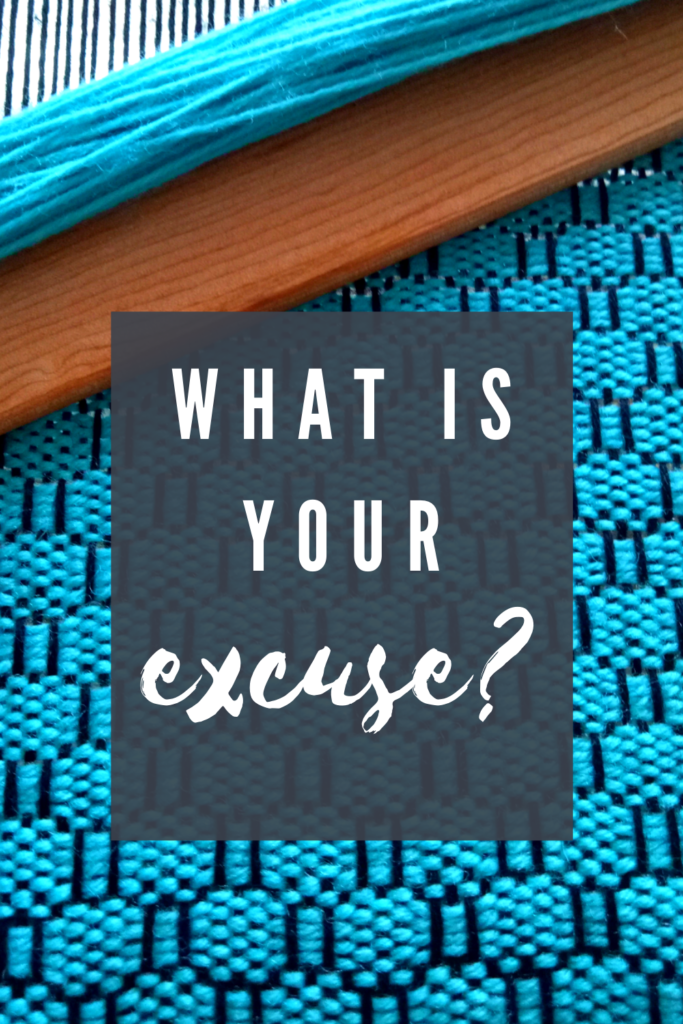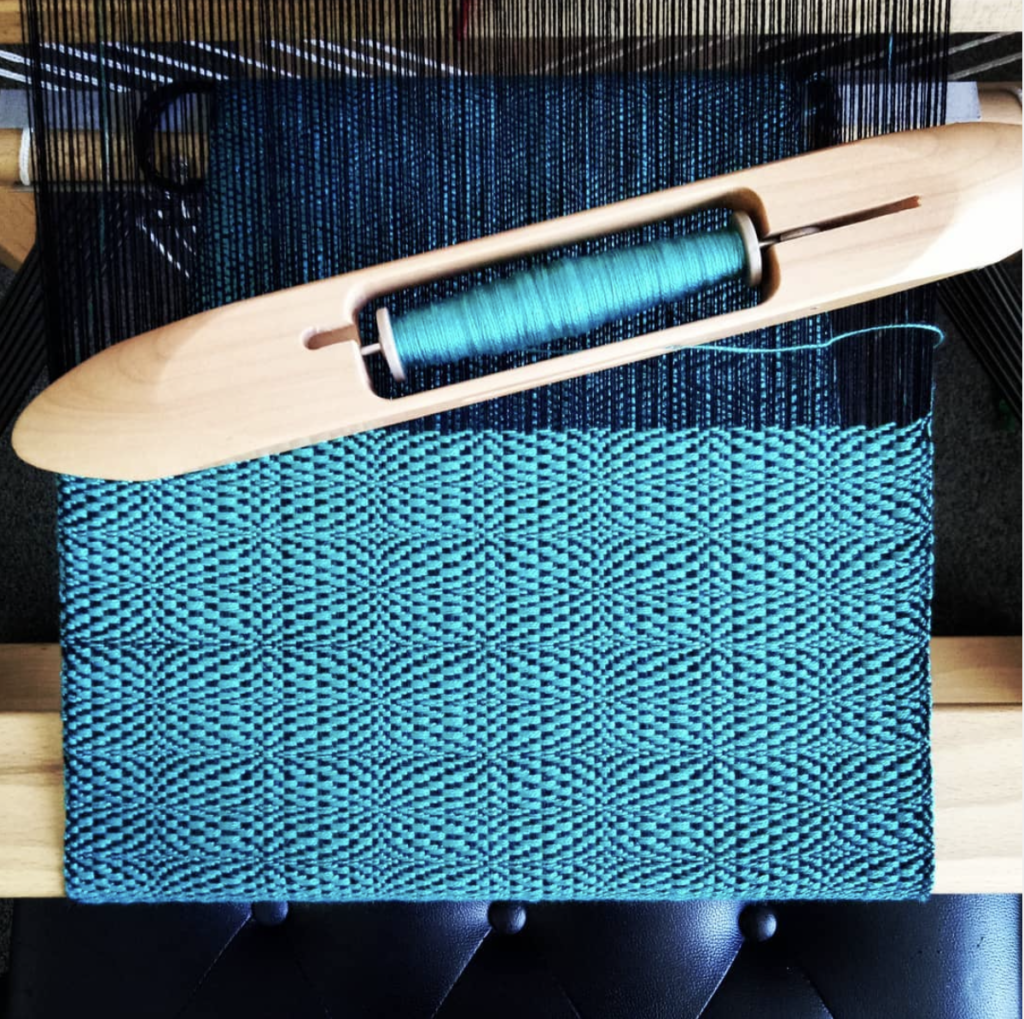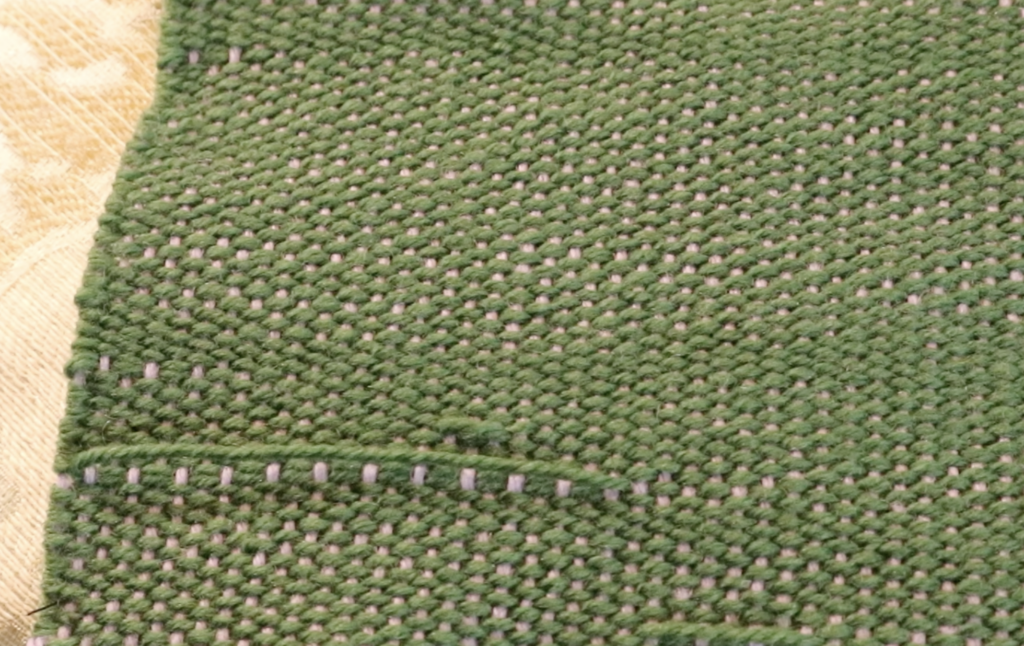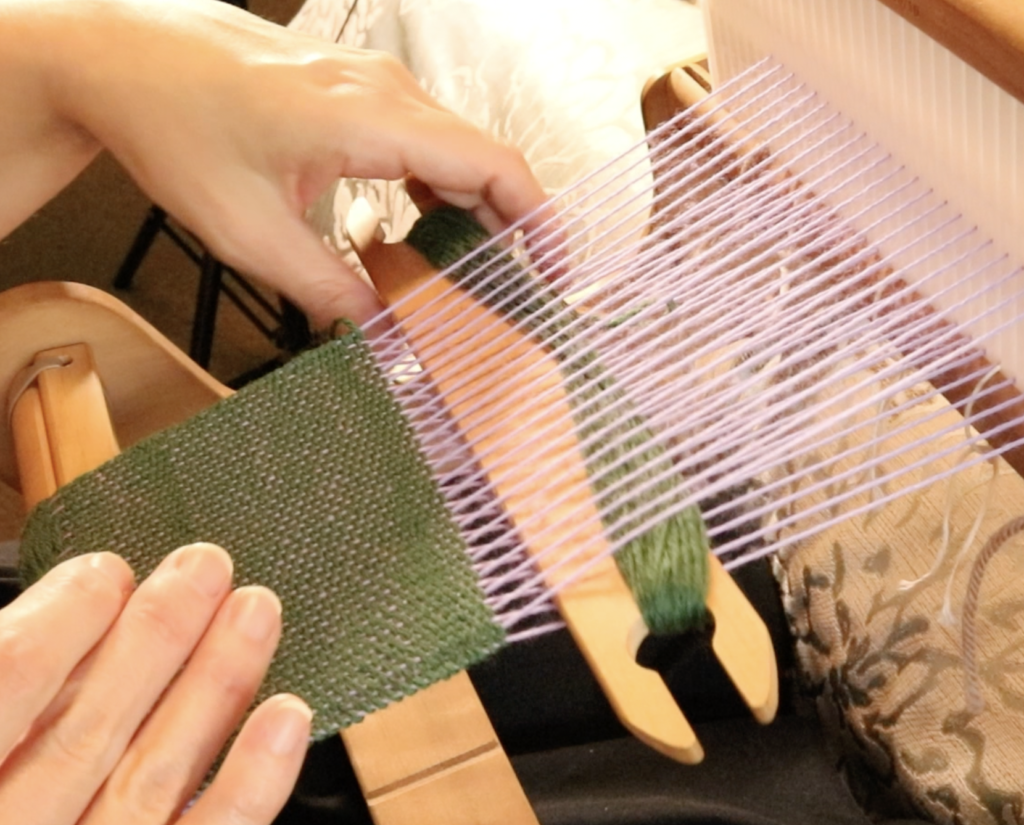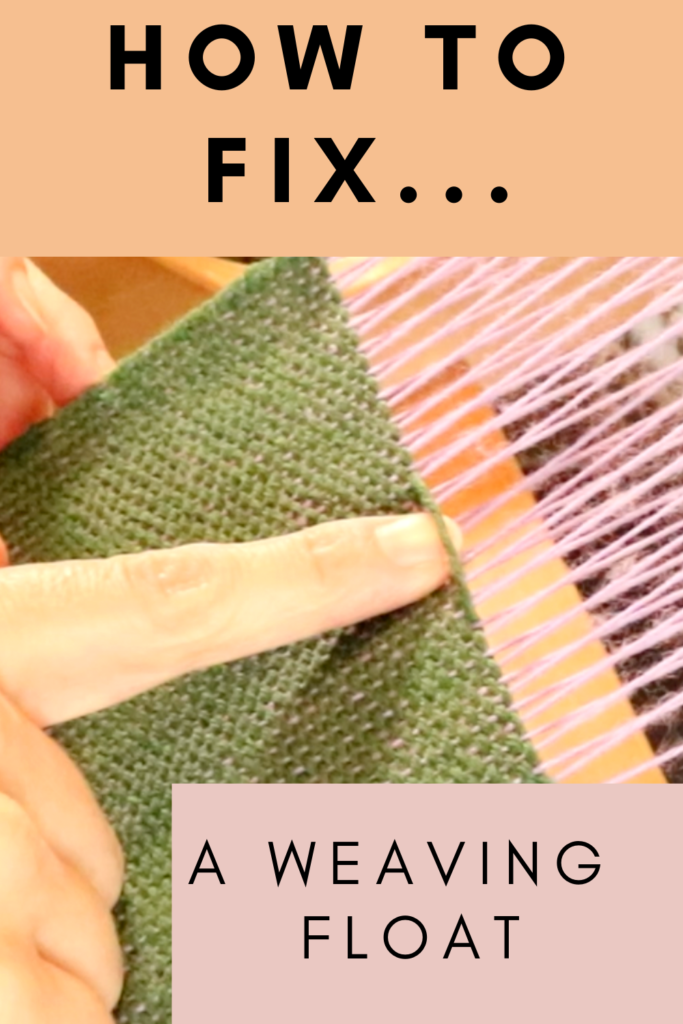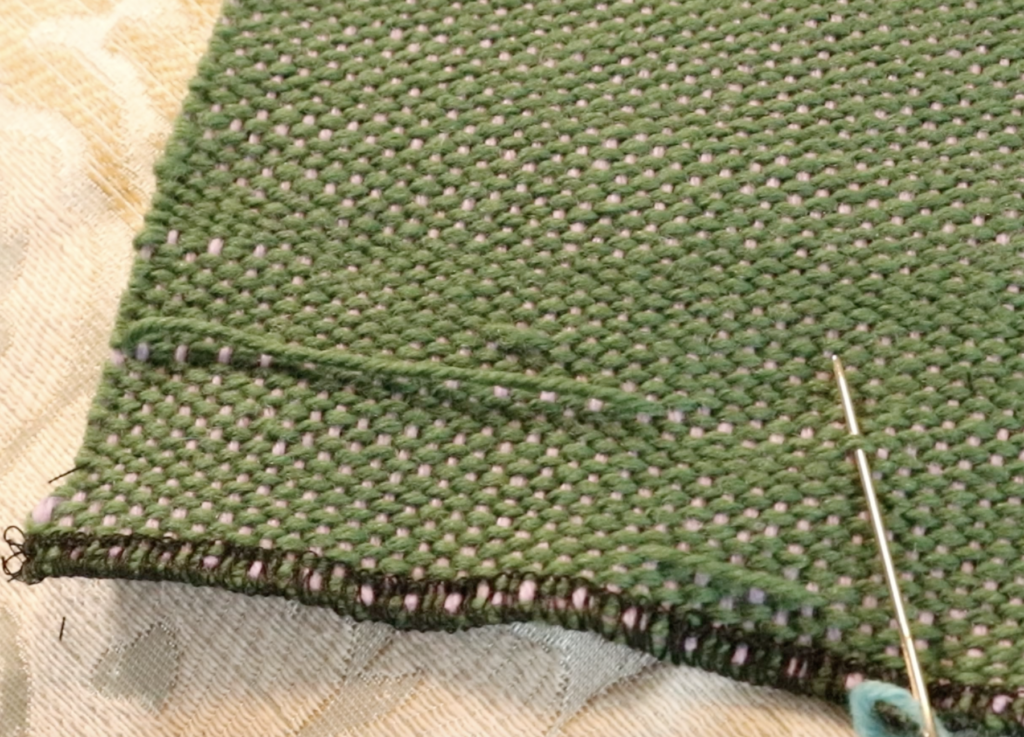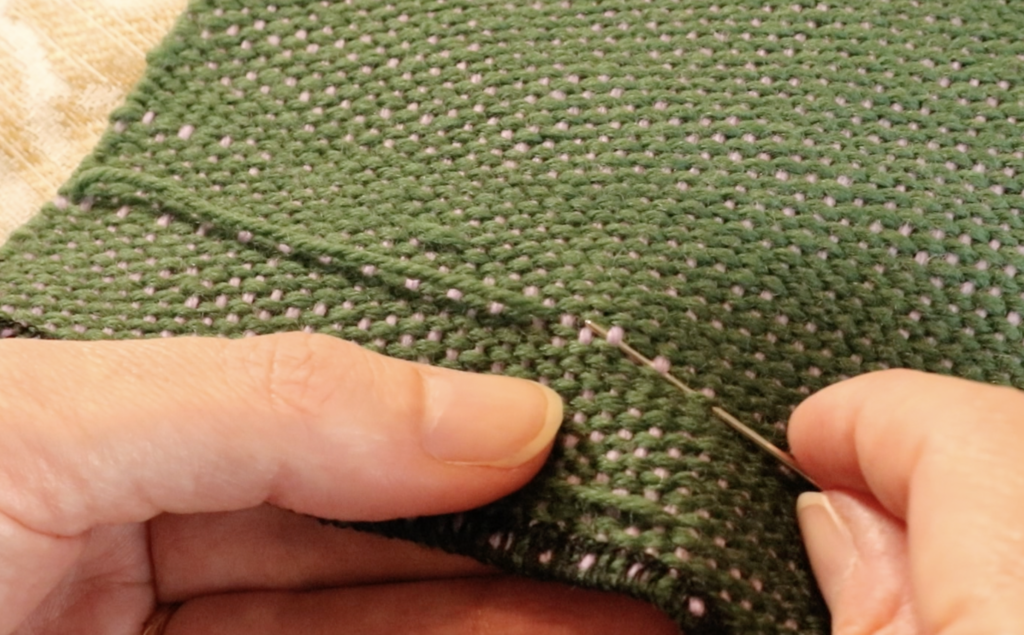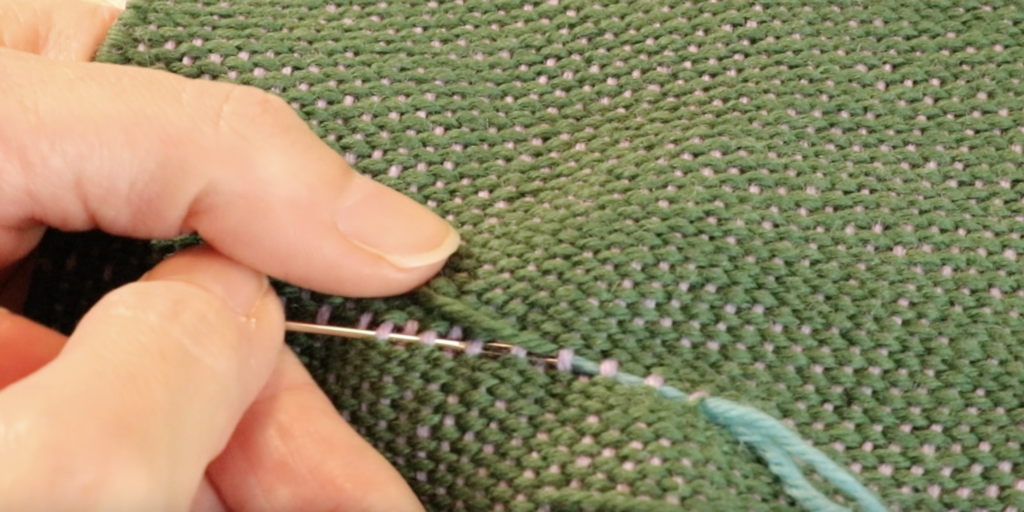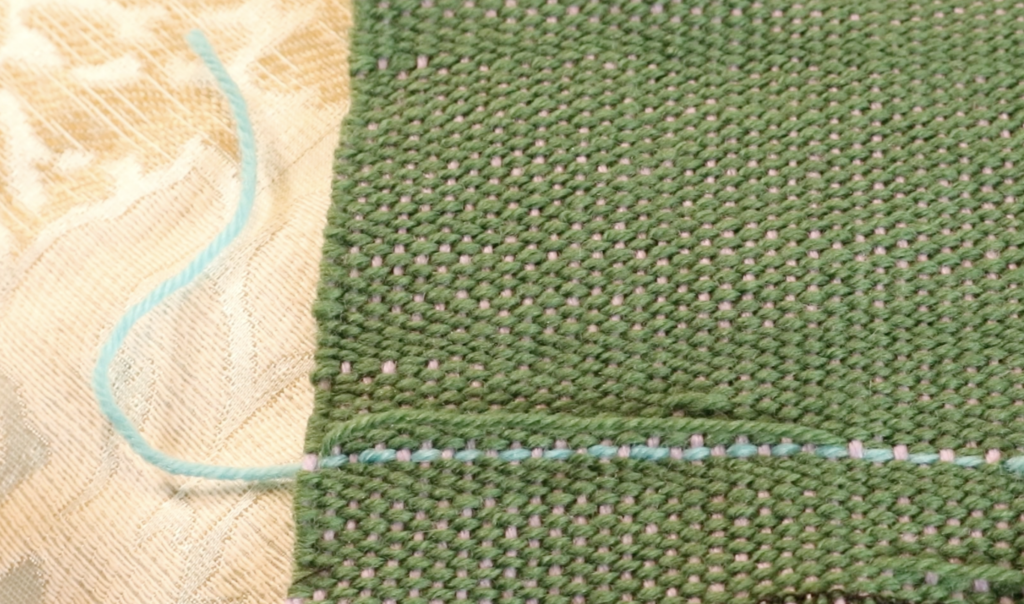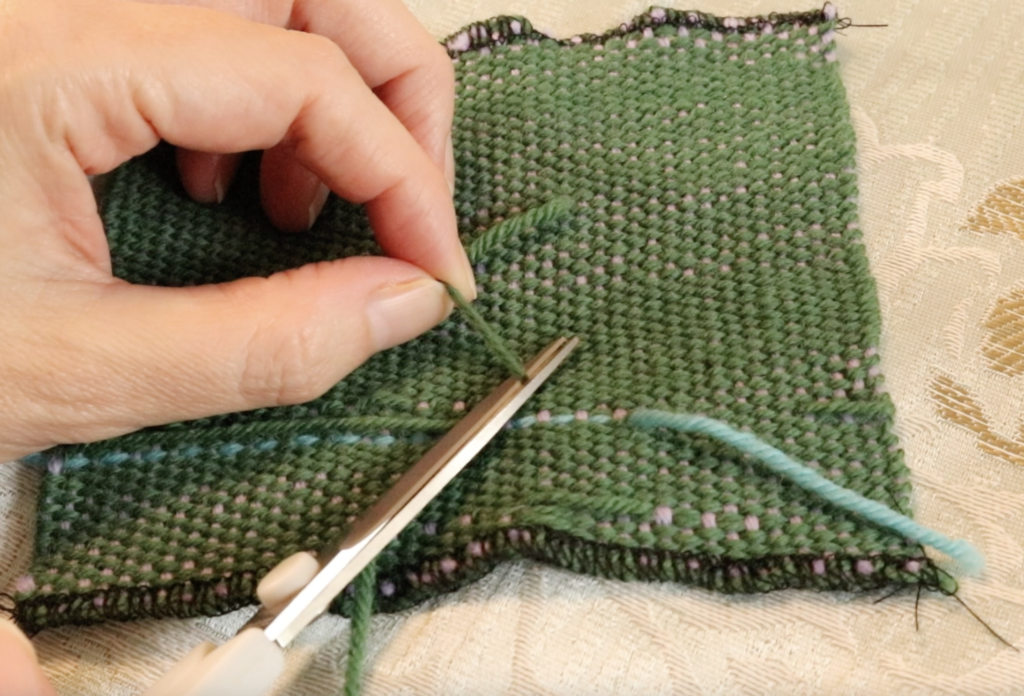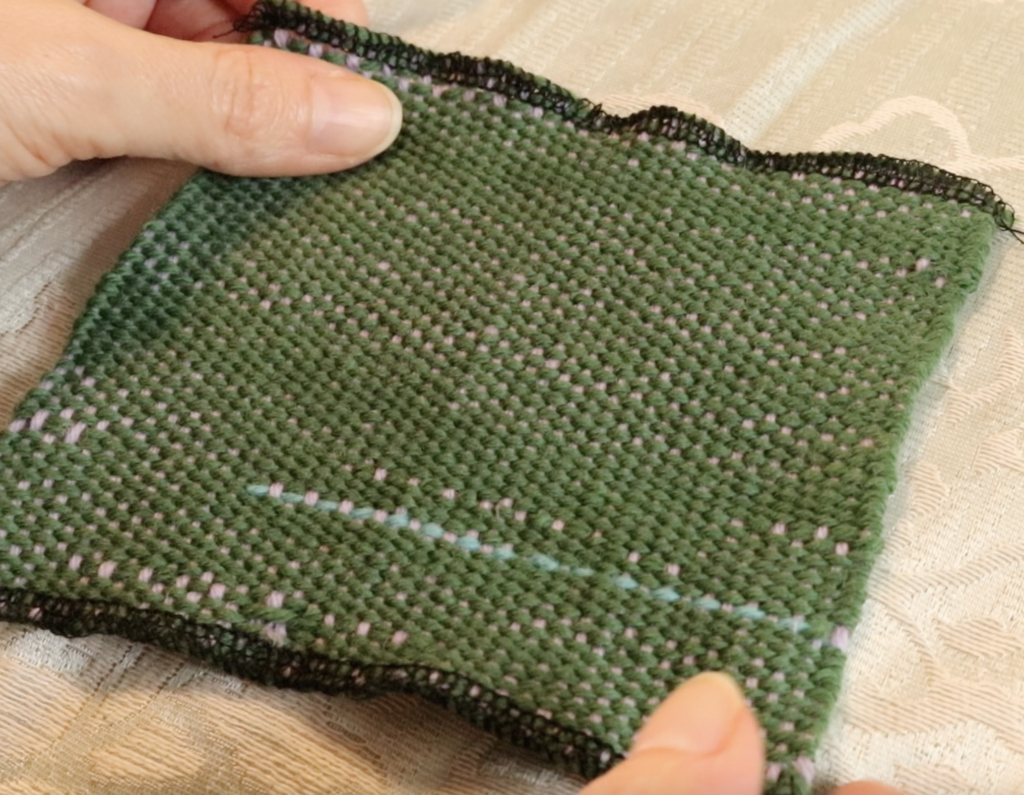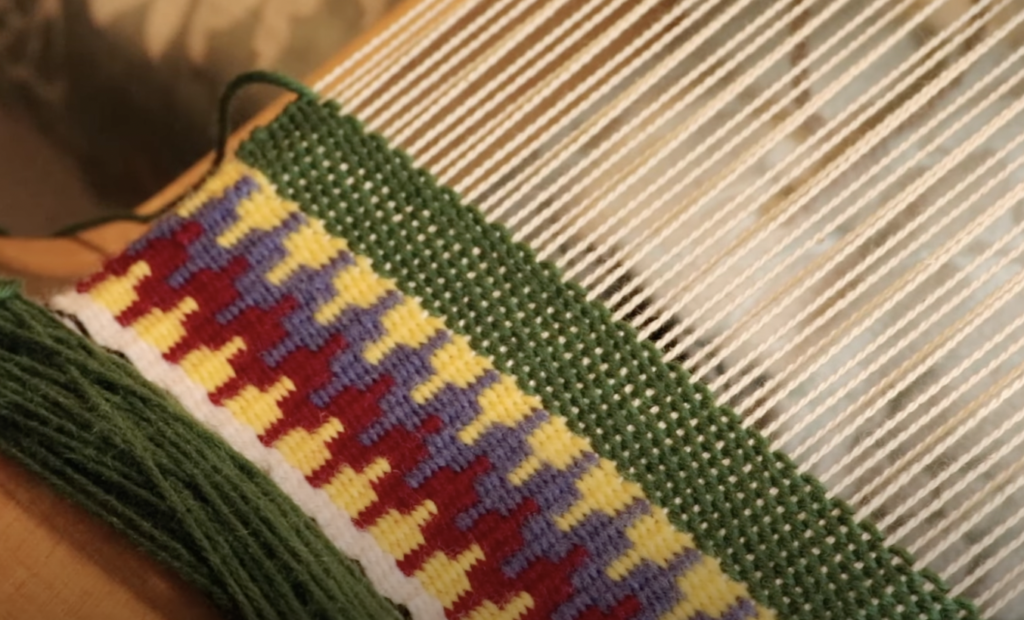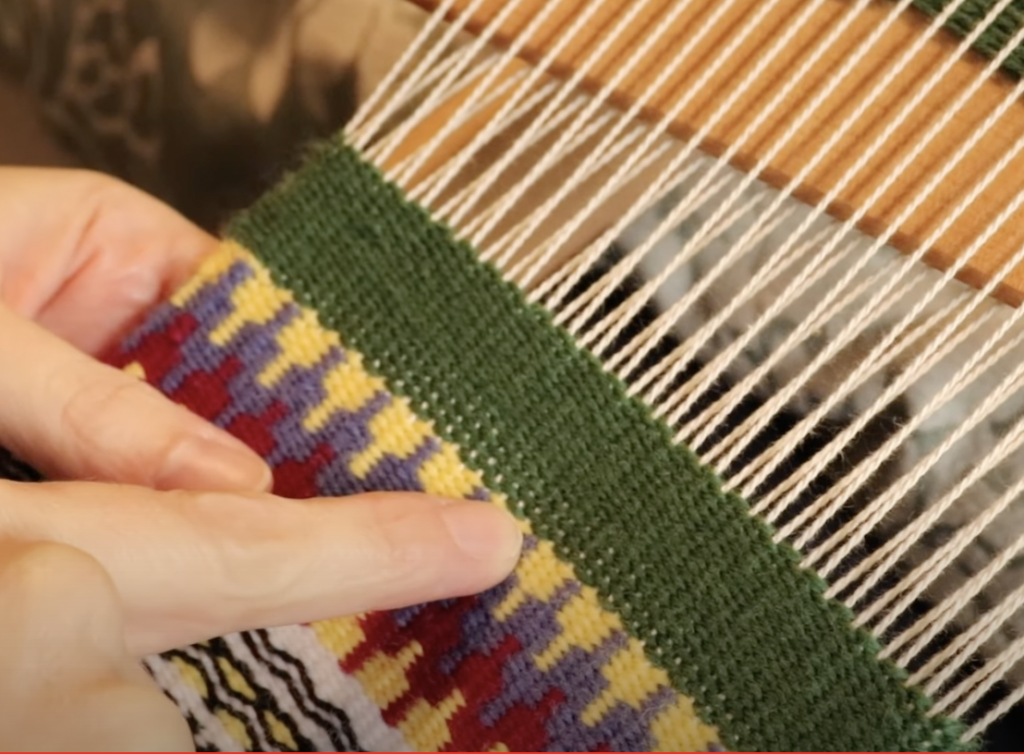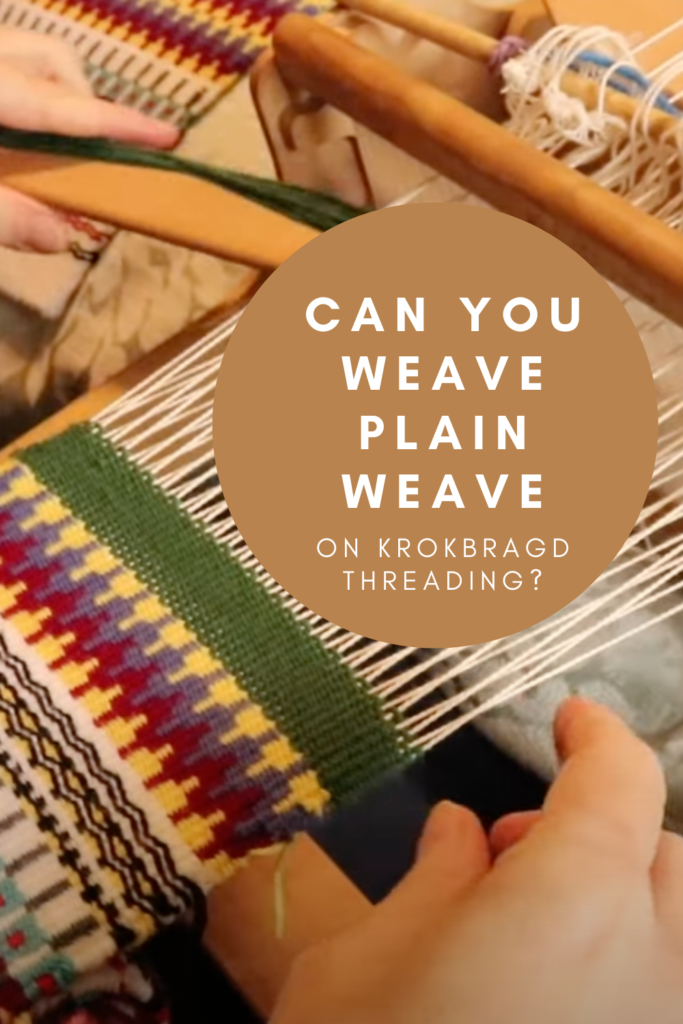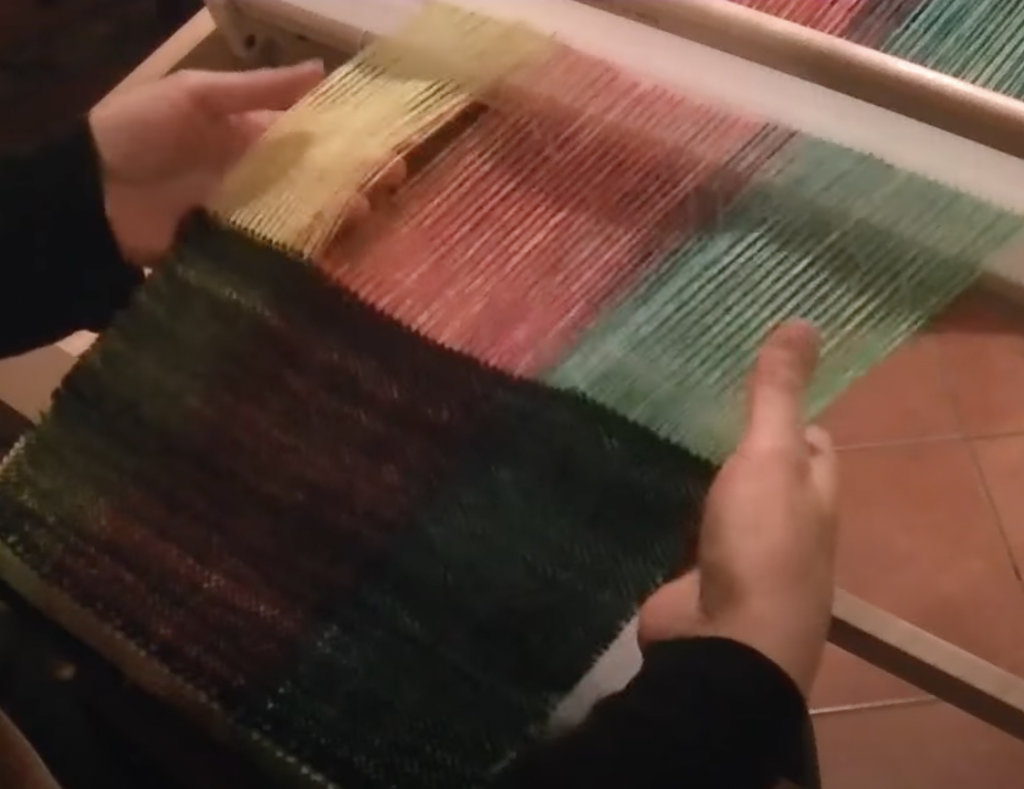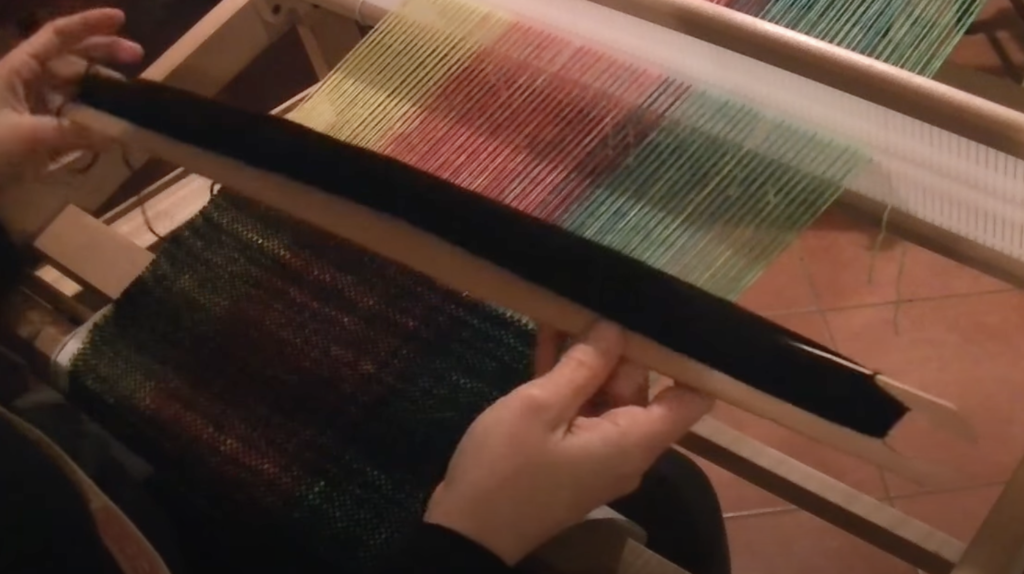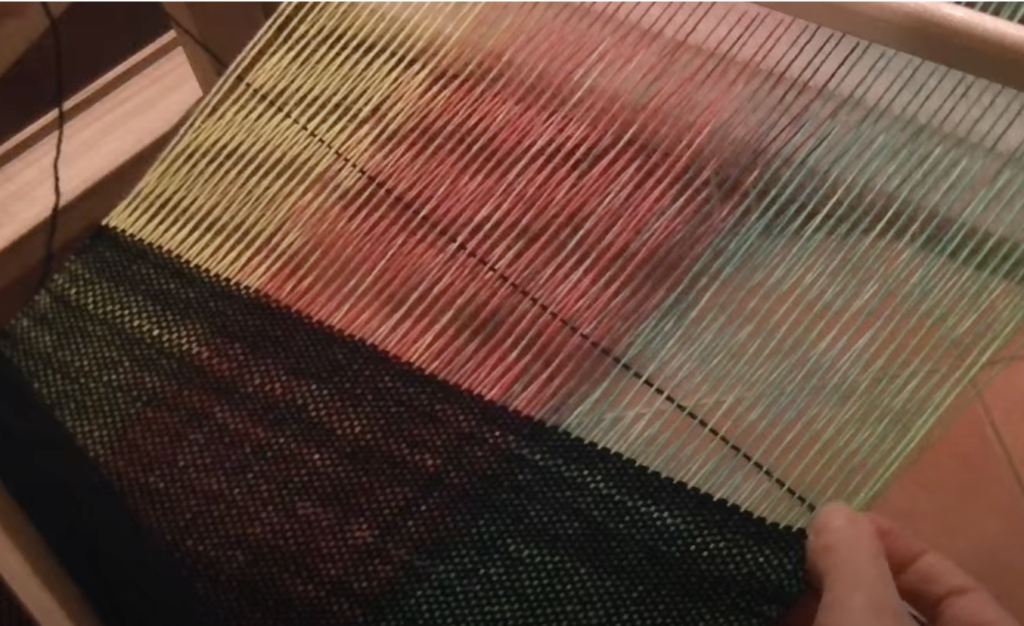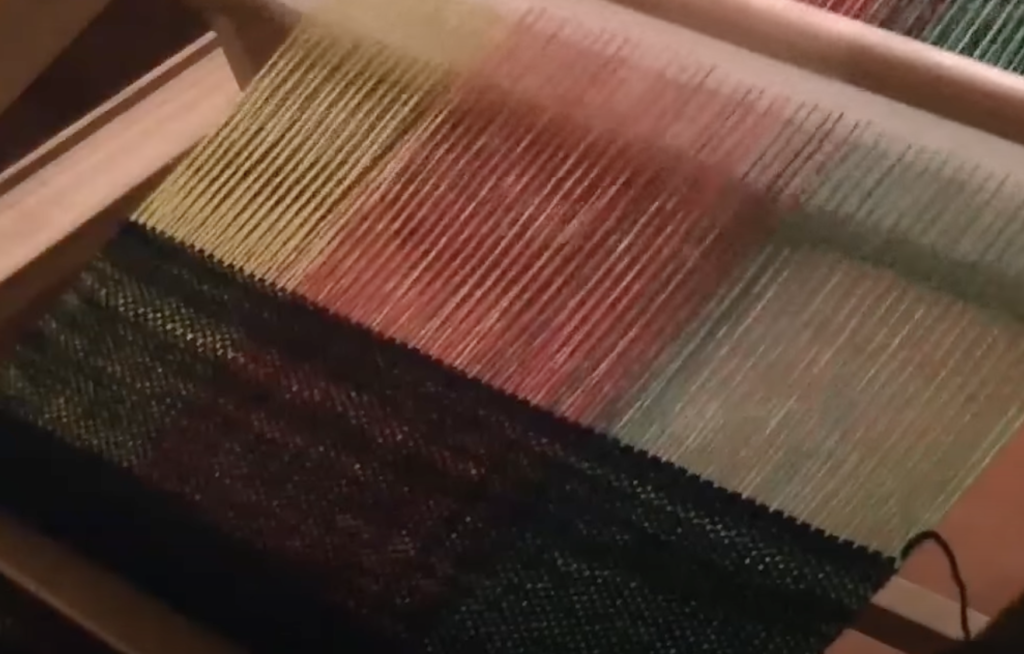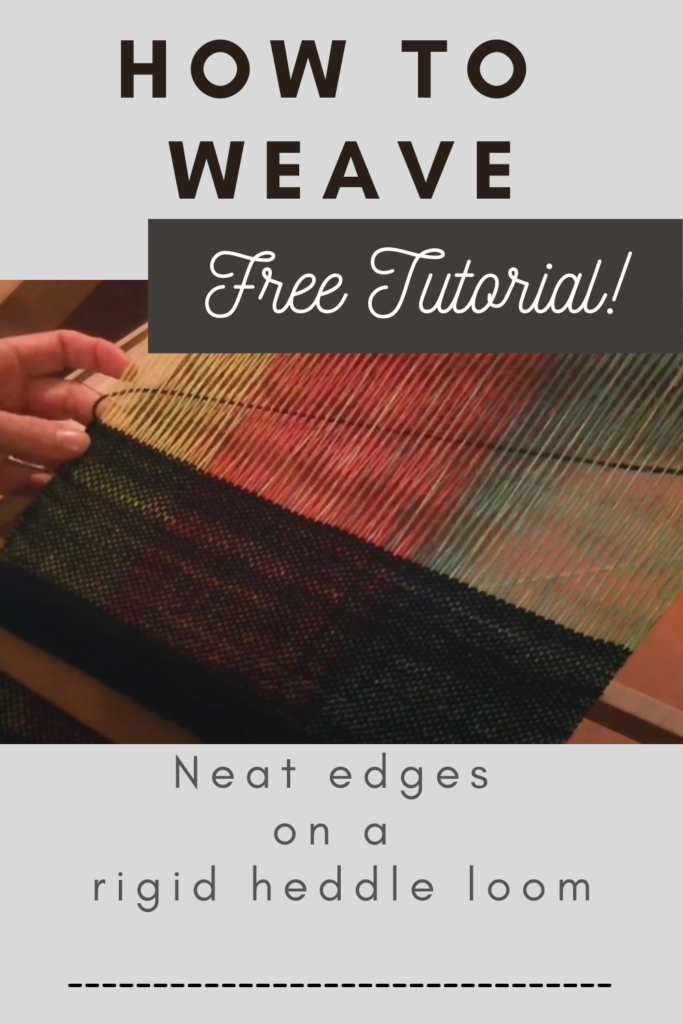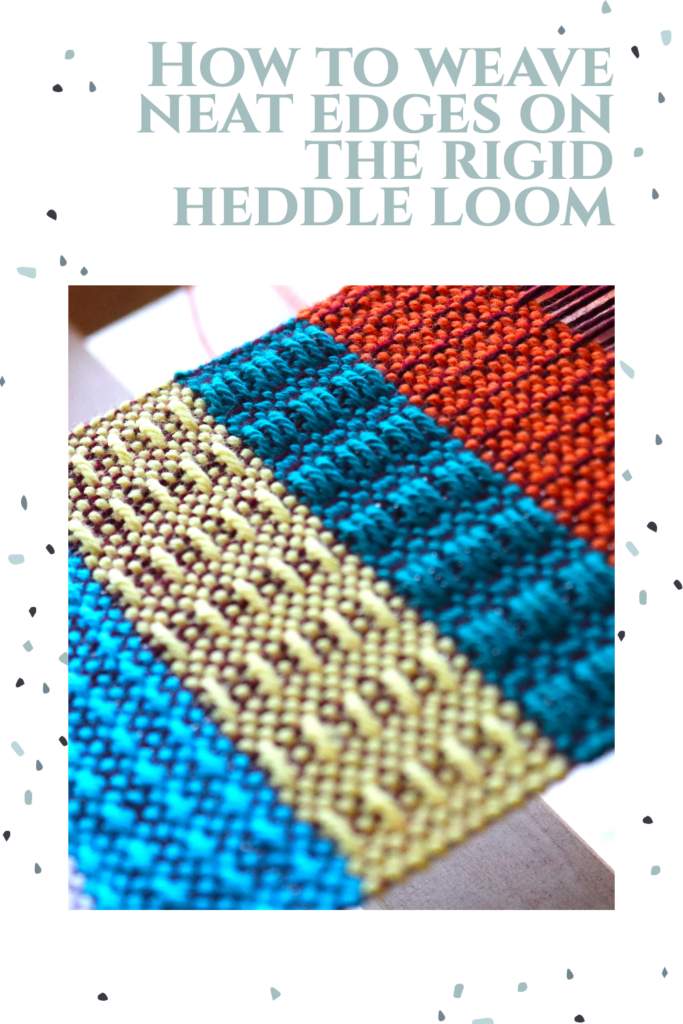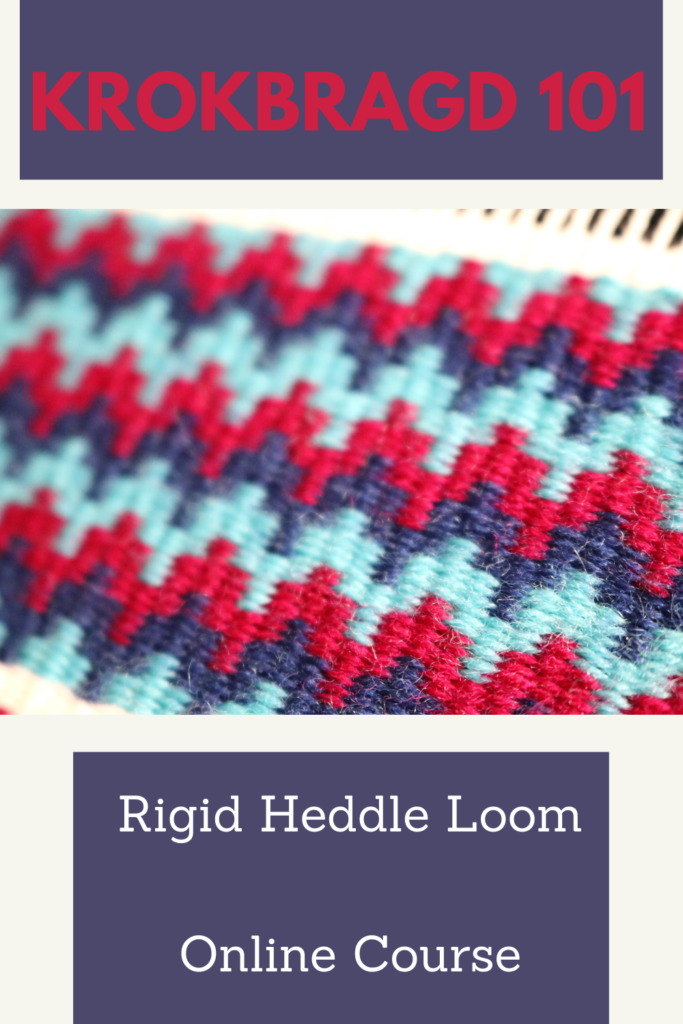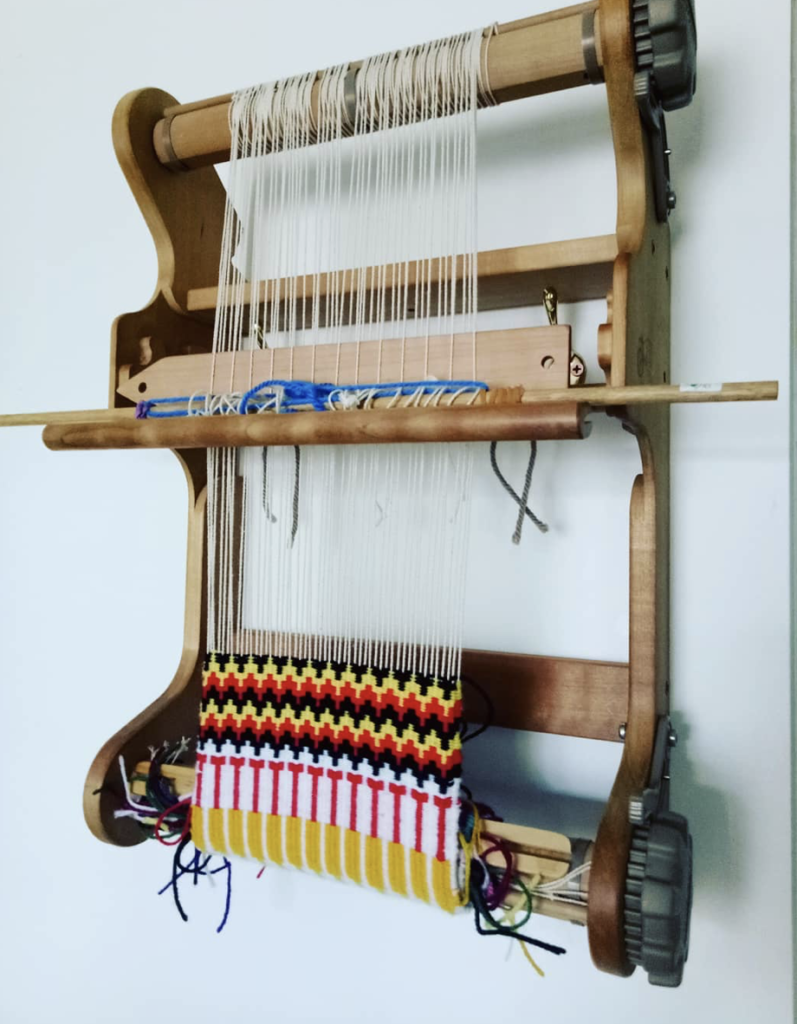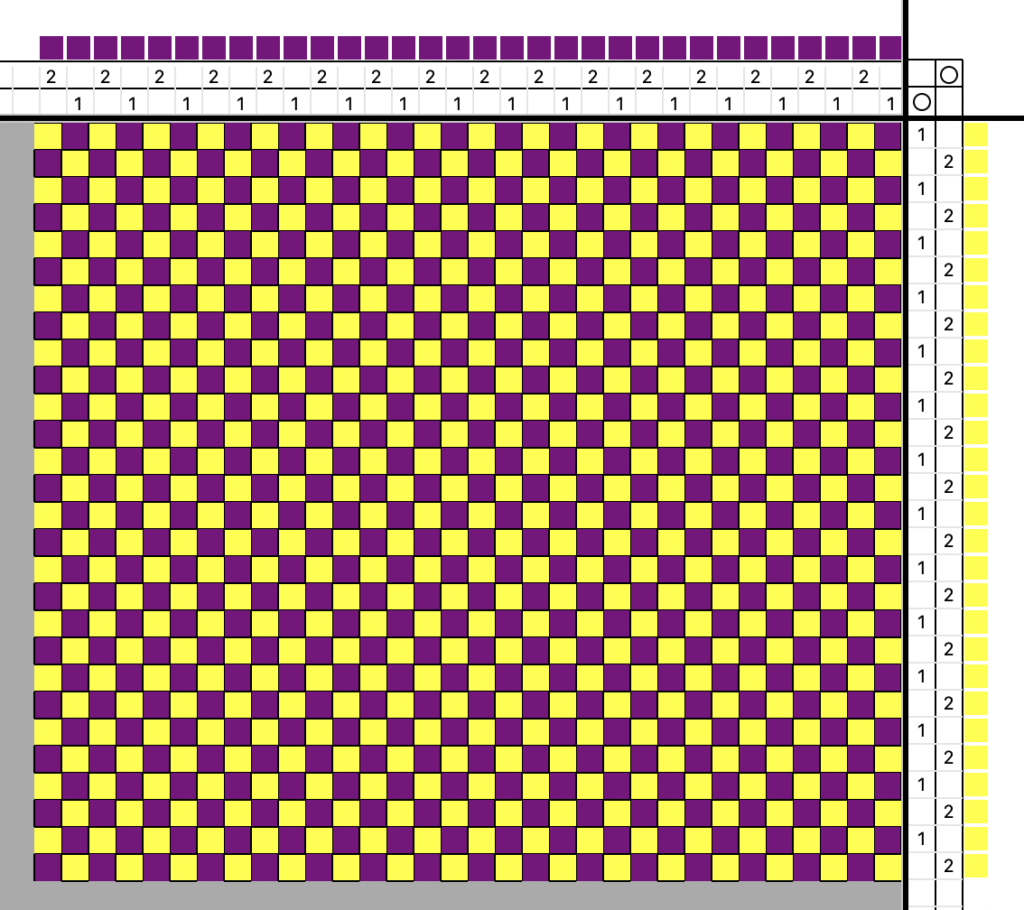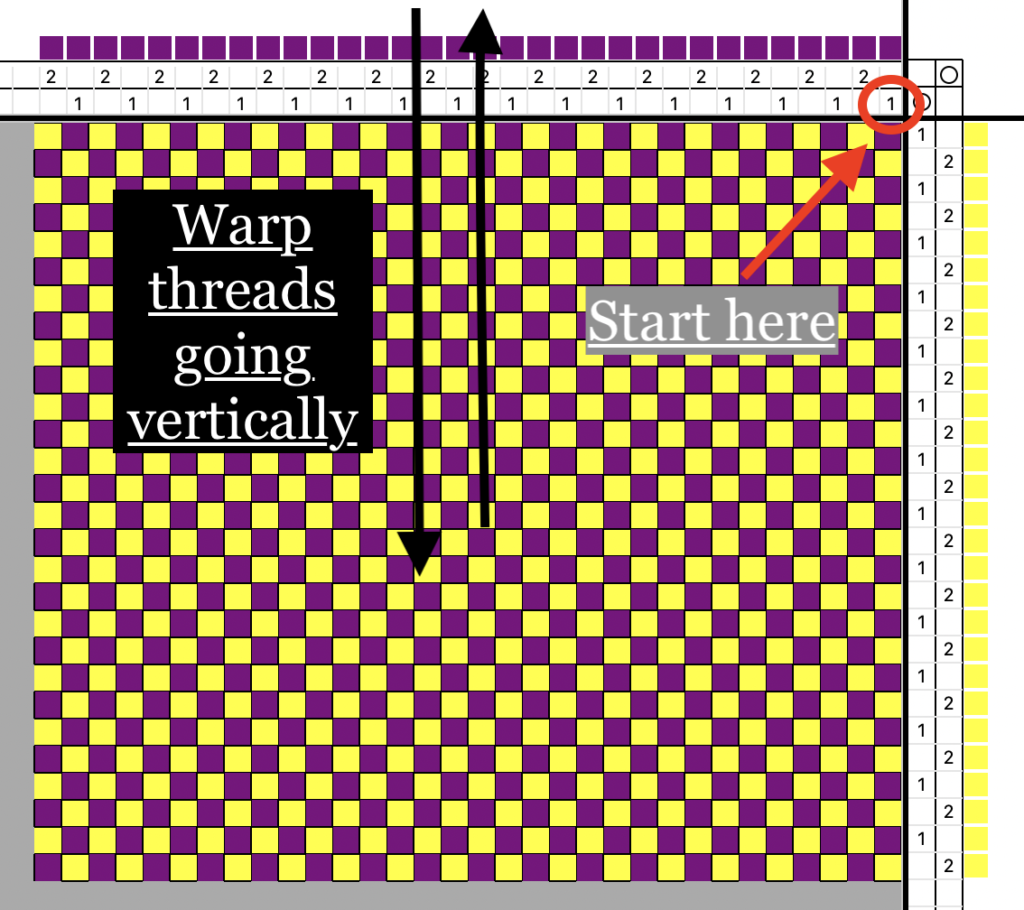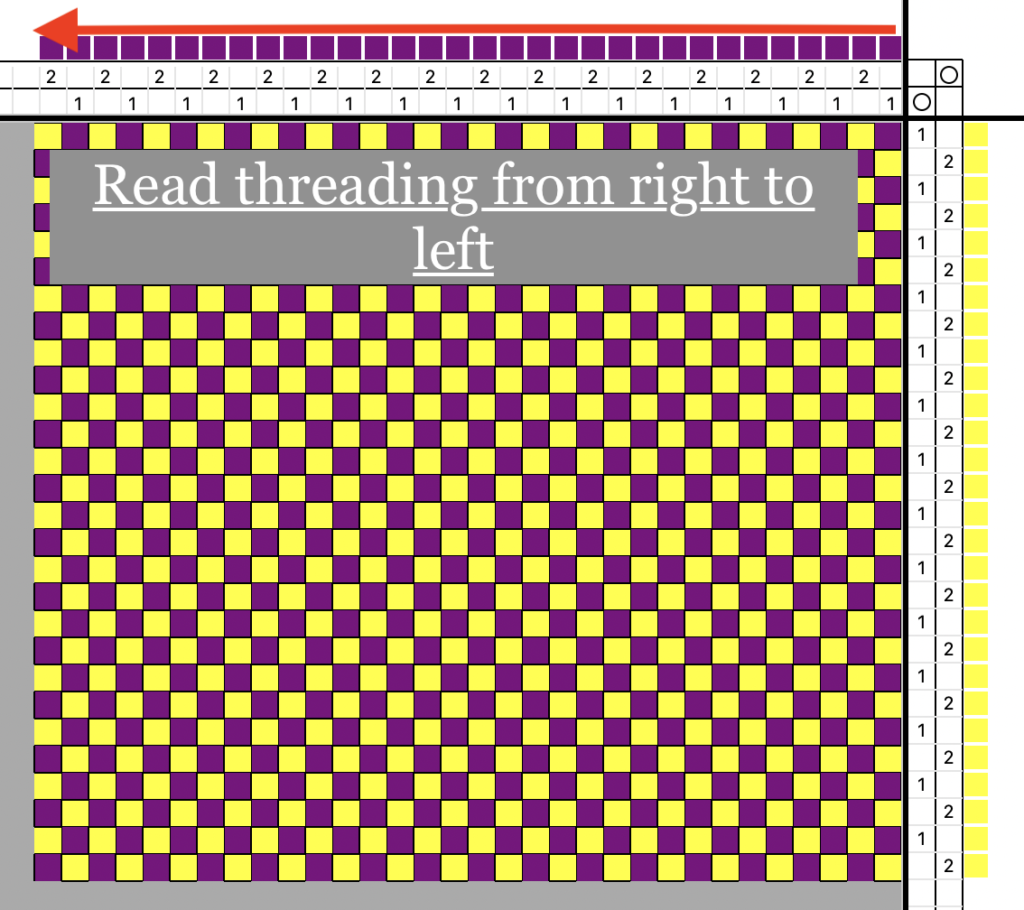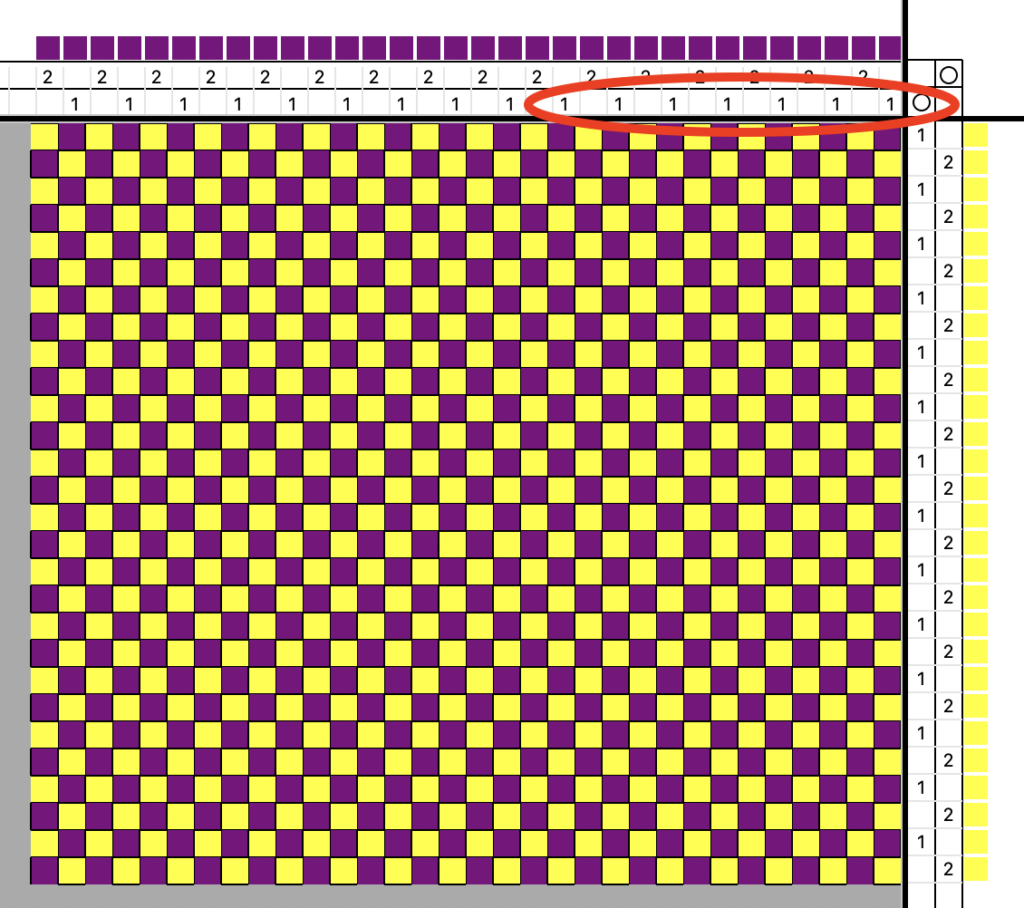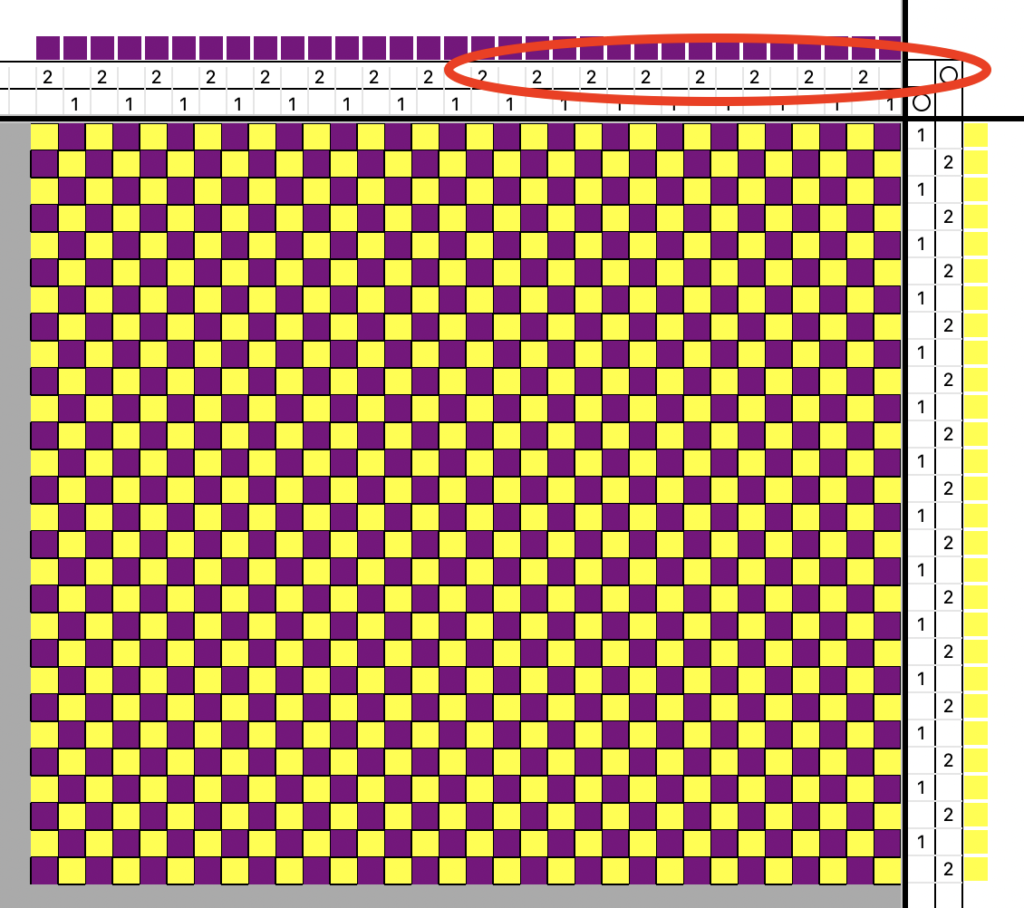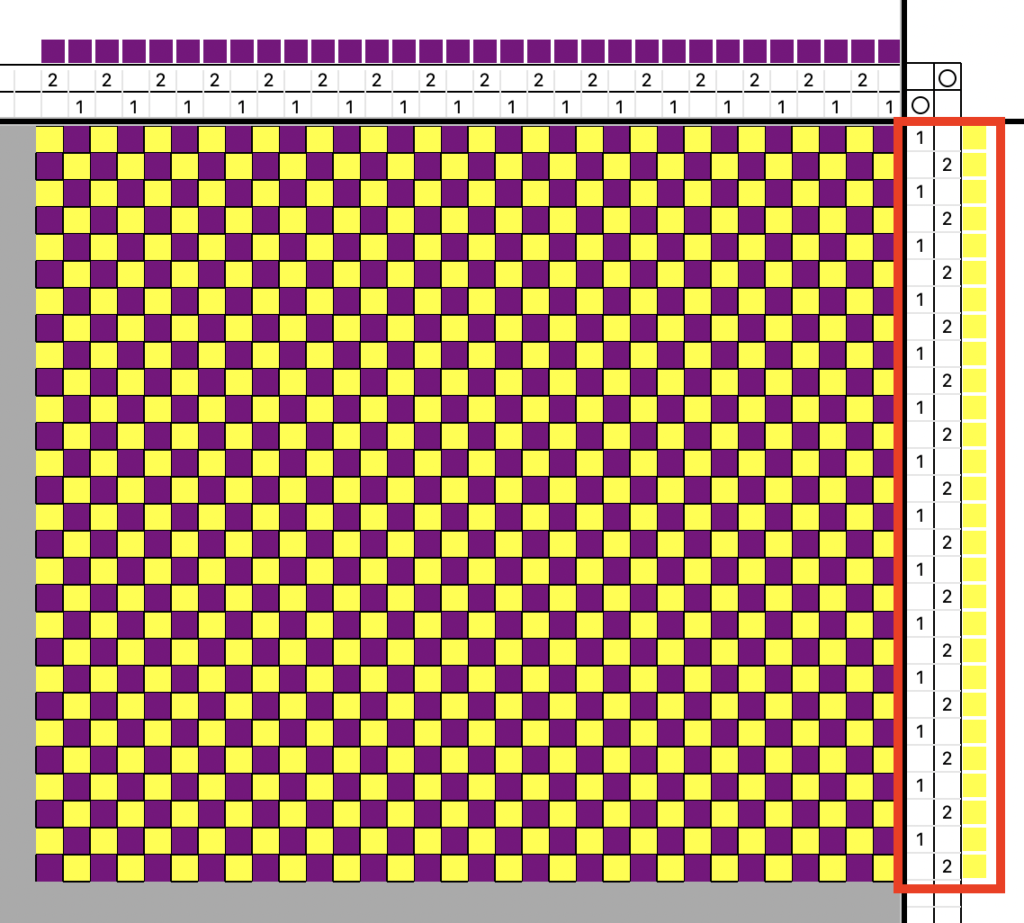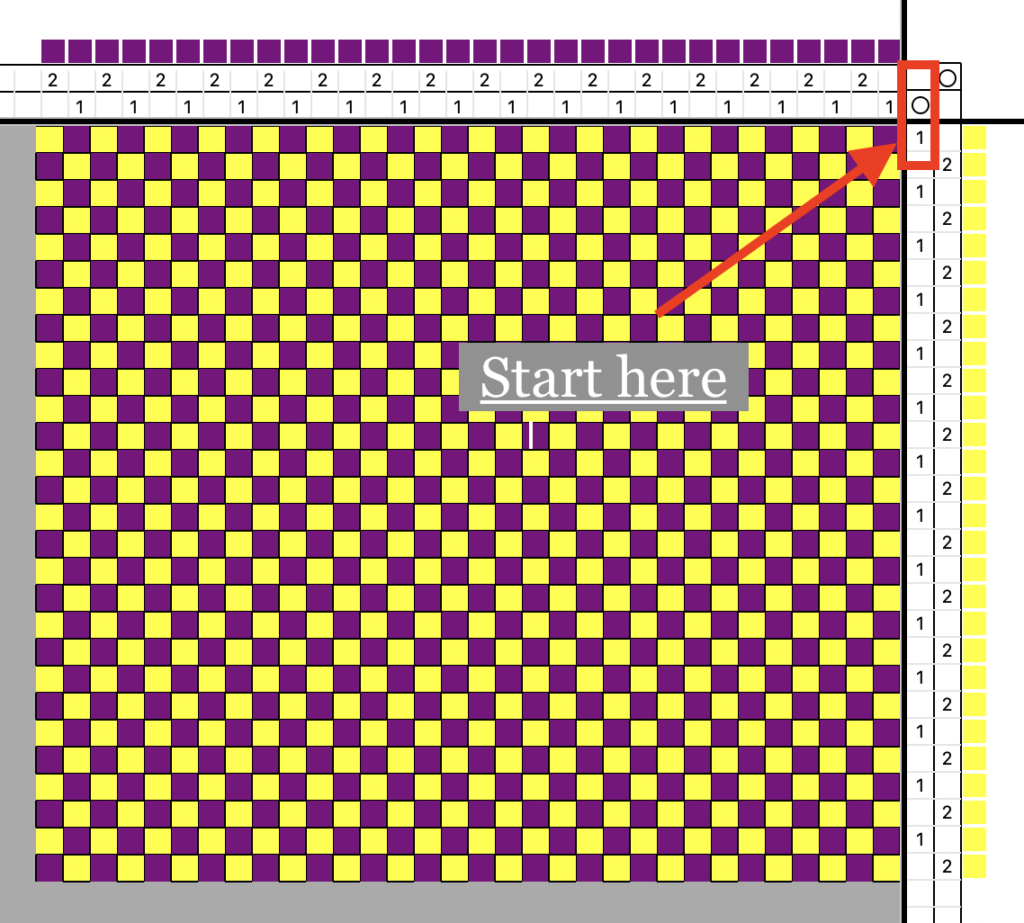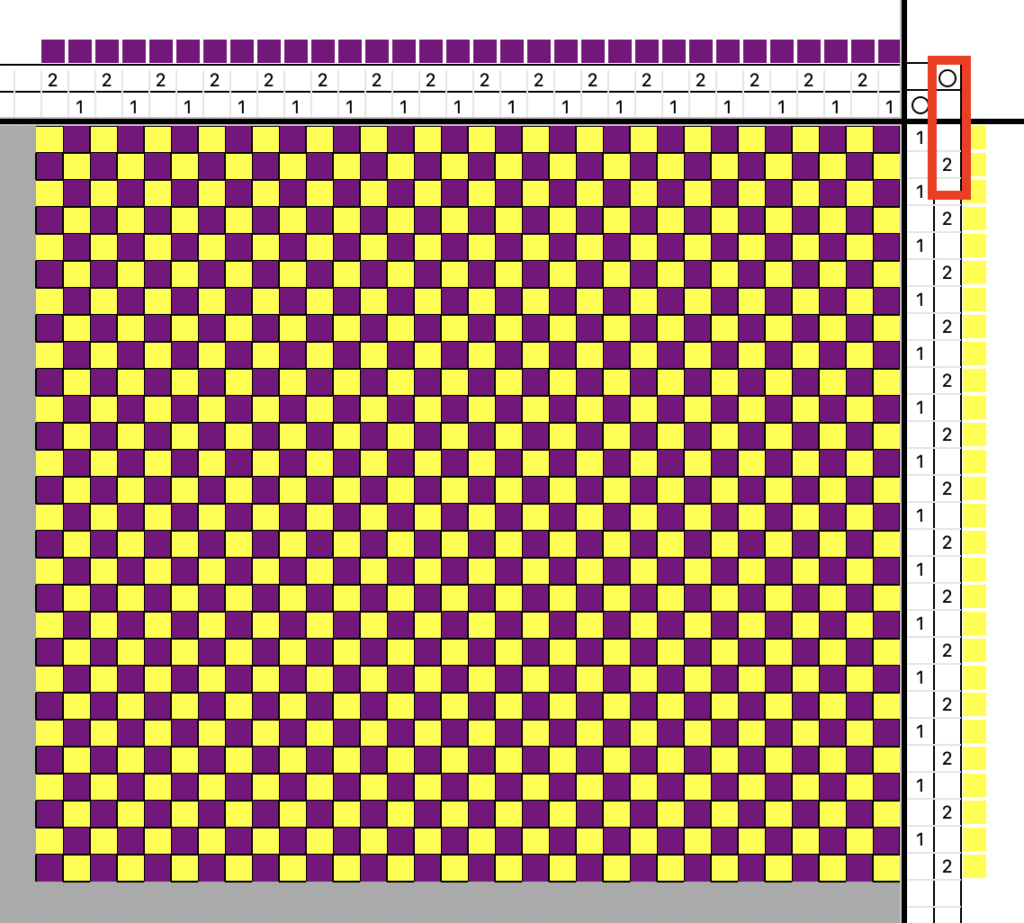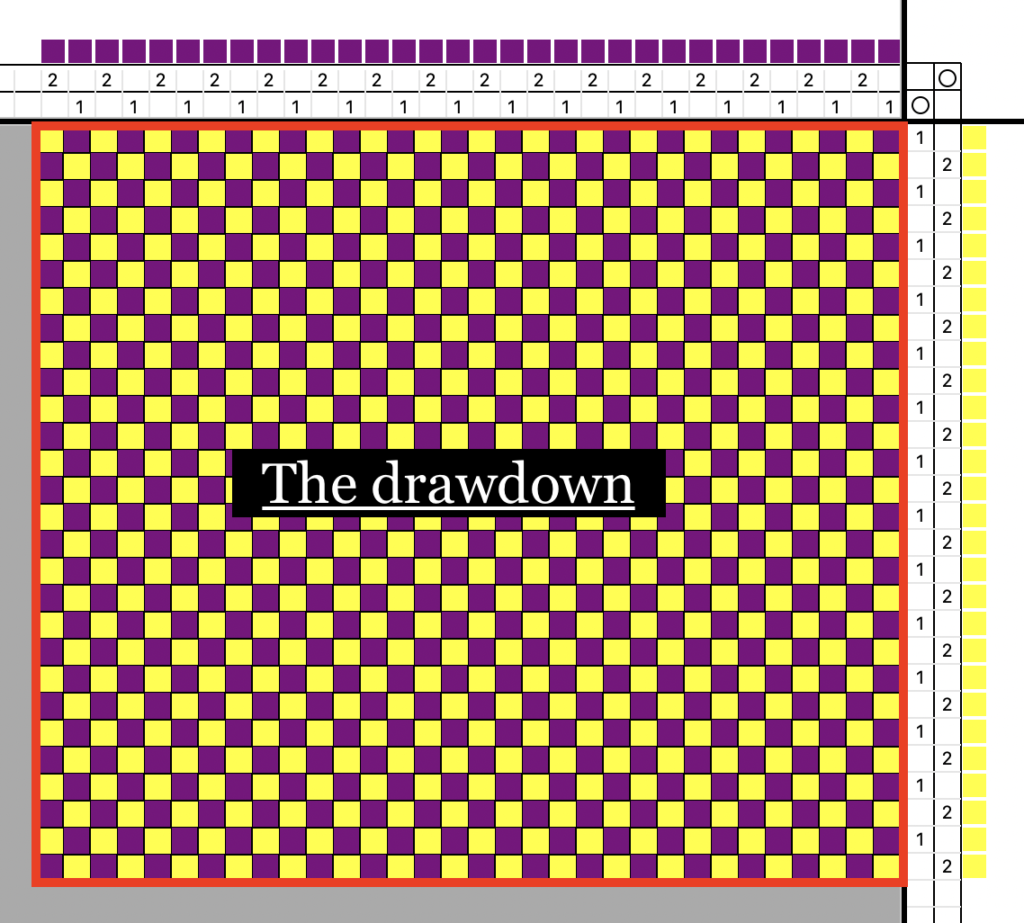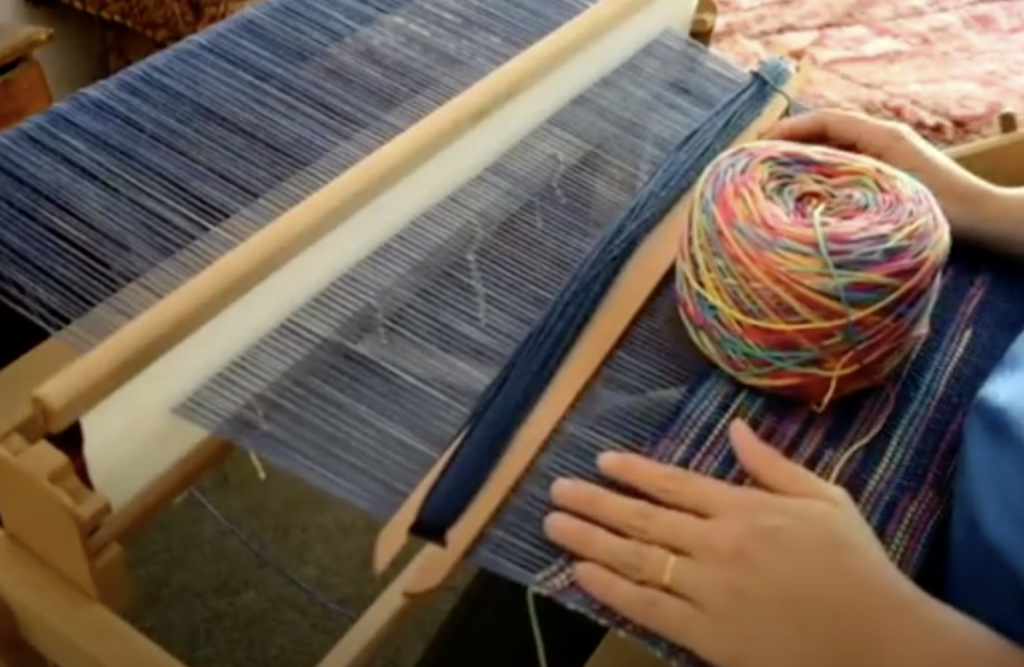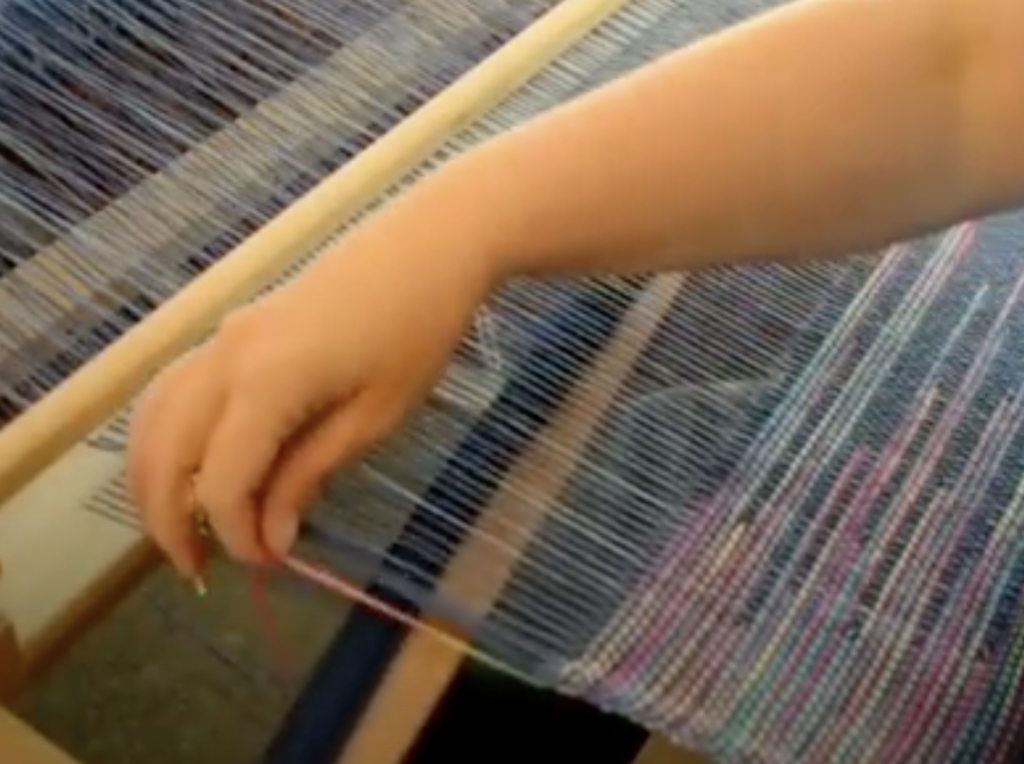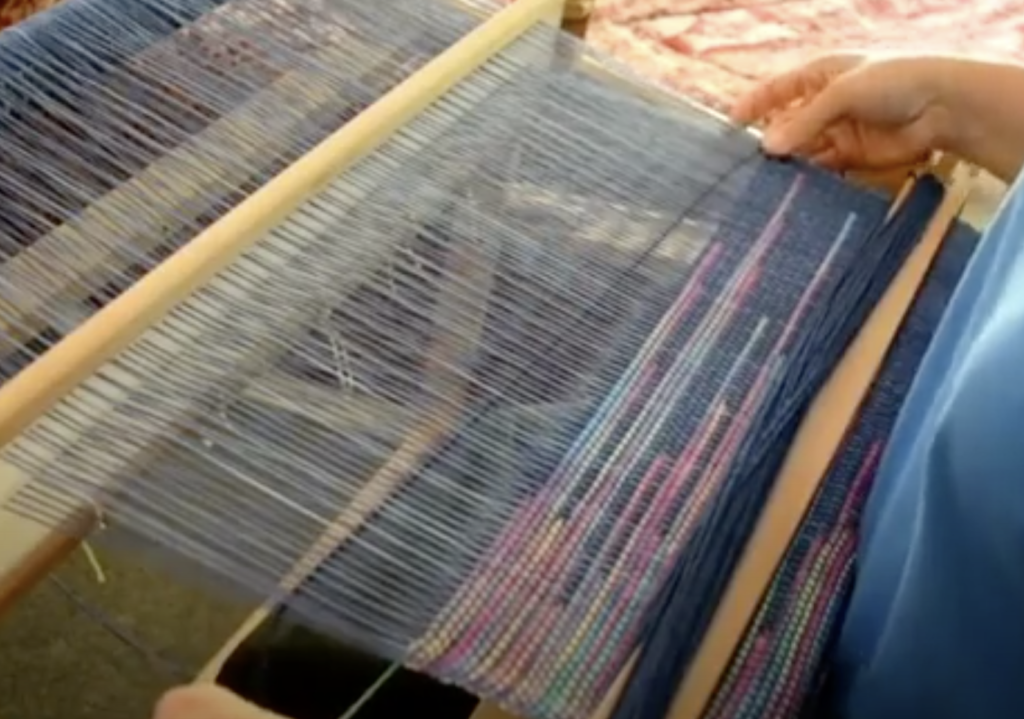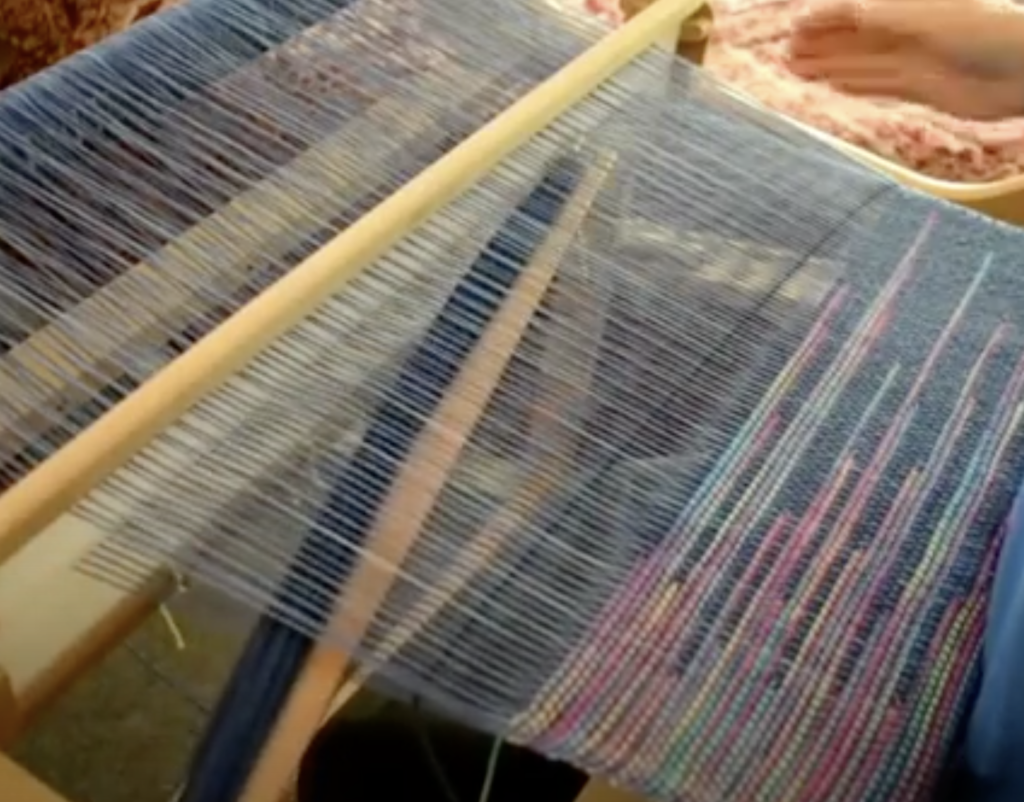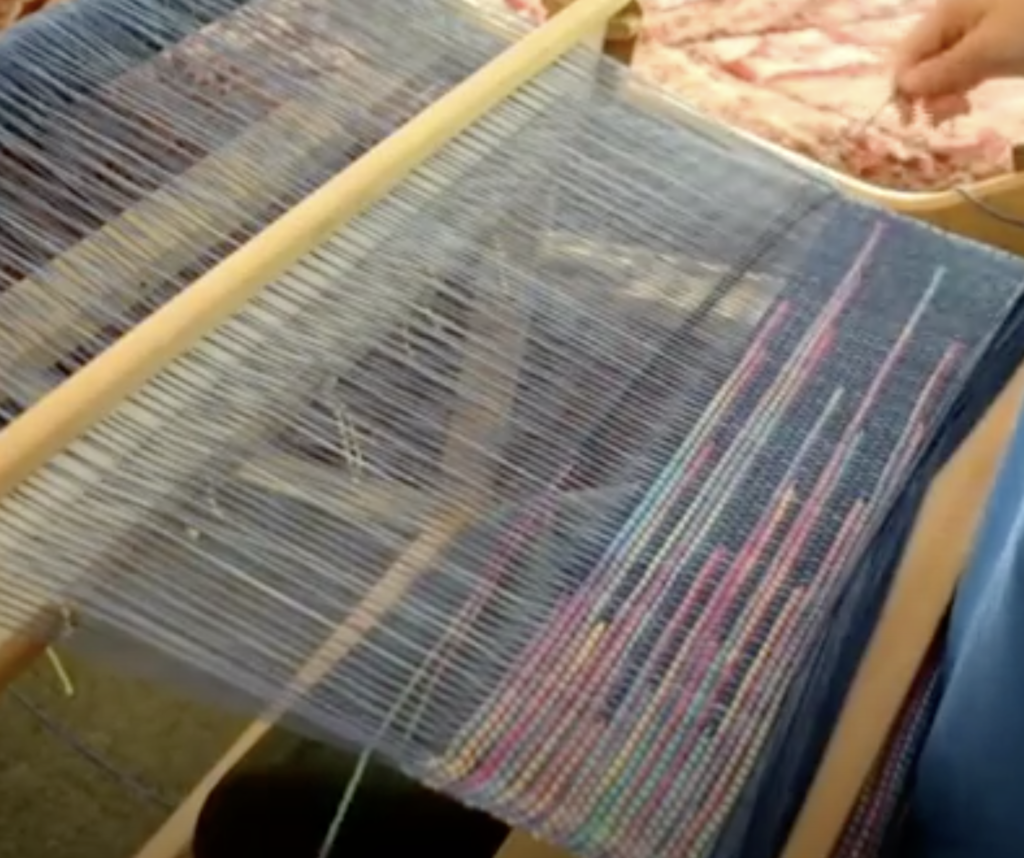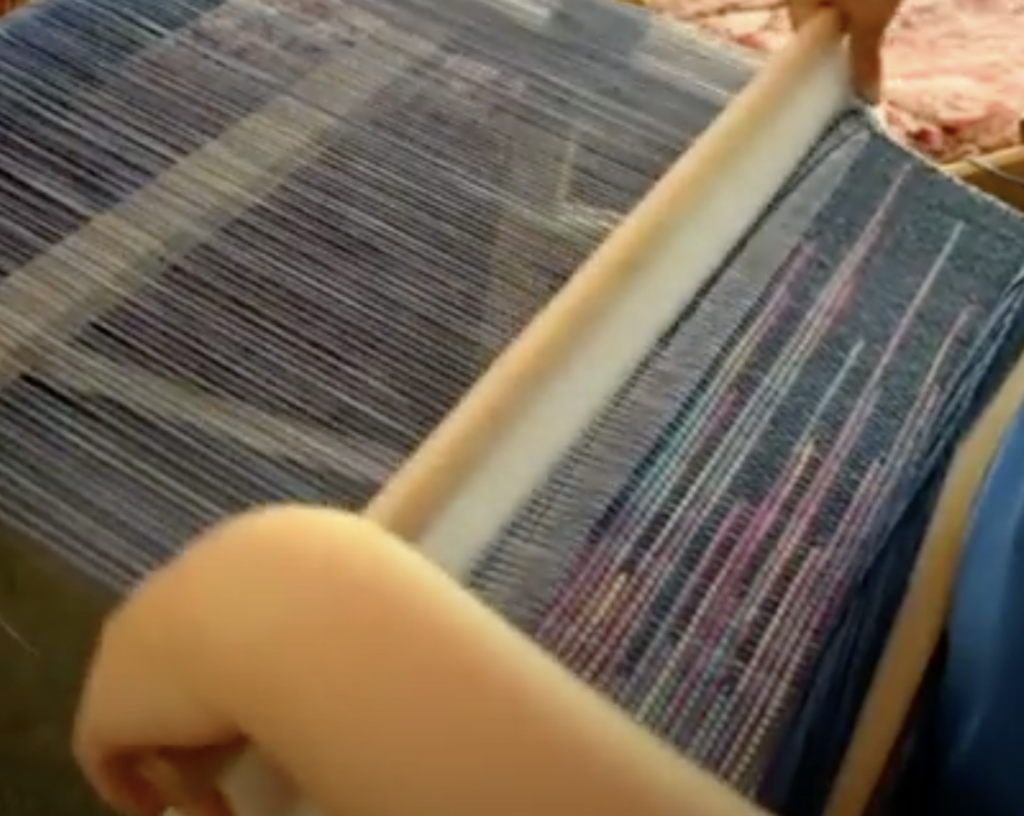Have you all met Debby Greenlaw before? I hope you have, but if not, you may want to read over this post where I reviewed Debby’s first book, the wonderful “Krokbragd – How to Design and Weave”.
*This post contains affiliate links. For further information, please see my disclosure policy.
I am so excited to share the news that Debby has written and released a brand new follow up krokbragd book, titled “Krokbragd Patterns”.
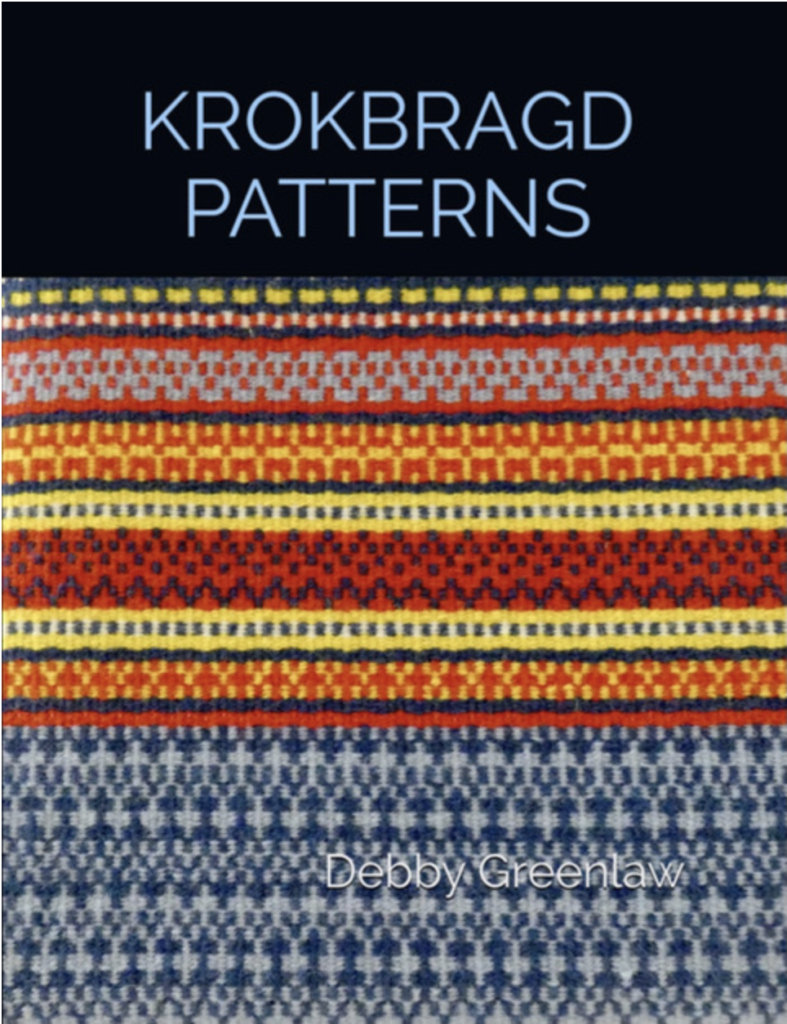
I am doubly excited to announce that, thanks to Debby’s generosity, one of you lucky readers will have the chance to win a personally signed copy of Krokbragd Patterns! Entry details are available at the end of this post.
I thought it the perfect time to have a chat with Debby so that you can all get to know her a little better and find out more about the new book, so grab a cup of tea and get comfy!
Thank you for taking the time to be my blog guest today 😊 Can you start by telling us a little about your weaving journey so far?
“Weaving was my entry into the wonderful world of fiber arts. I am a relatively “late bloomer” in this area, not starting the journey until I retired in 2016 after a 40+ year career as a nurse/nurse practitioner. I purchased an Ashford Sampleit loom at a local fiber festival just to see if I would like this weaving thing . . . I loved it. That lead to a floor loom, a dye garden, a spinning wheel, and eventually knitting needles and crochet hooks!”
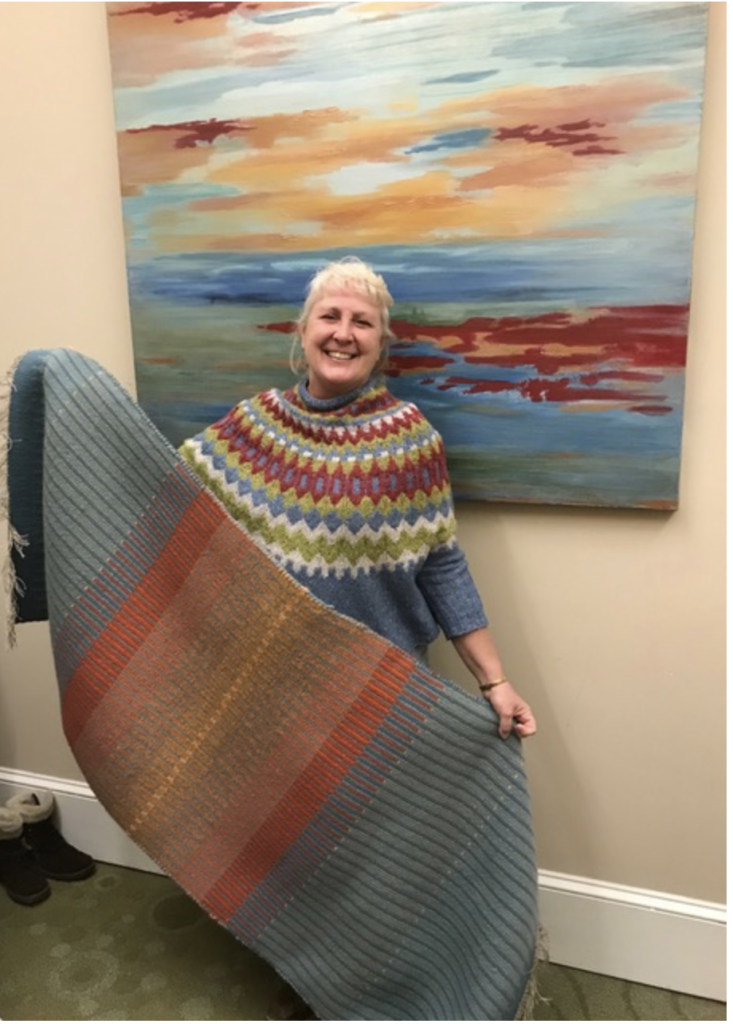
What looms do you have and which one gets the most use?
“I have a Leclerc Nilus 4-shaft floor loom, a Kromski Harp Forte rigid heddle, and a Louët Jane 8-shaft table loom. By far the Jane gets used the most!“
You are perhaps most well known for your krokbragd weaving. What is about krokbragd that you love?
“First, I’m drawn to the Scandinavian aesthetic. My heritage says I’m German through and through, but I think there must be some Norse hidden in there. I love the simplicity of design and the color combinations of Scandinavian weaving. Krokbragd embodies both of those characteristics.”

Your first book, “Krokbragd: How to Design and Weave” had been immensely popular. What lead you to write a book all about krokbragd?
“Simply, there wasn’t a book written on the subject. In fact, several years ago, there were very limited resources available on krokbragd. I saw a social media post that said, “someone should write a book,” and I thought I can do that!”
You are just about to release your second book, “Krokbragd Patterns”. Did you decide to write a follow up book based on the feedback received from your first book? What excites you the most about this book?
“You’re absolutely correct. I received emails, comments, and even a review asking for a krokbragd pattern book.
Hmmm . . . what excites me the most. It would have to be the test weavers. Eighteen delightful women answered my request to be test weavers for the book’s projects. Seeing my designs come alive in their talented hand was so exciting. Their feedback, enthusiasm, and encouragement were invaluable to me during the designing and writing process.”
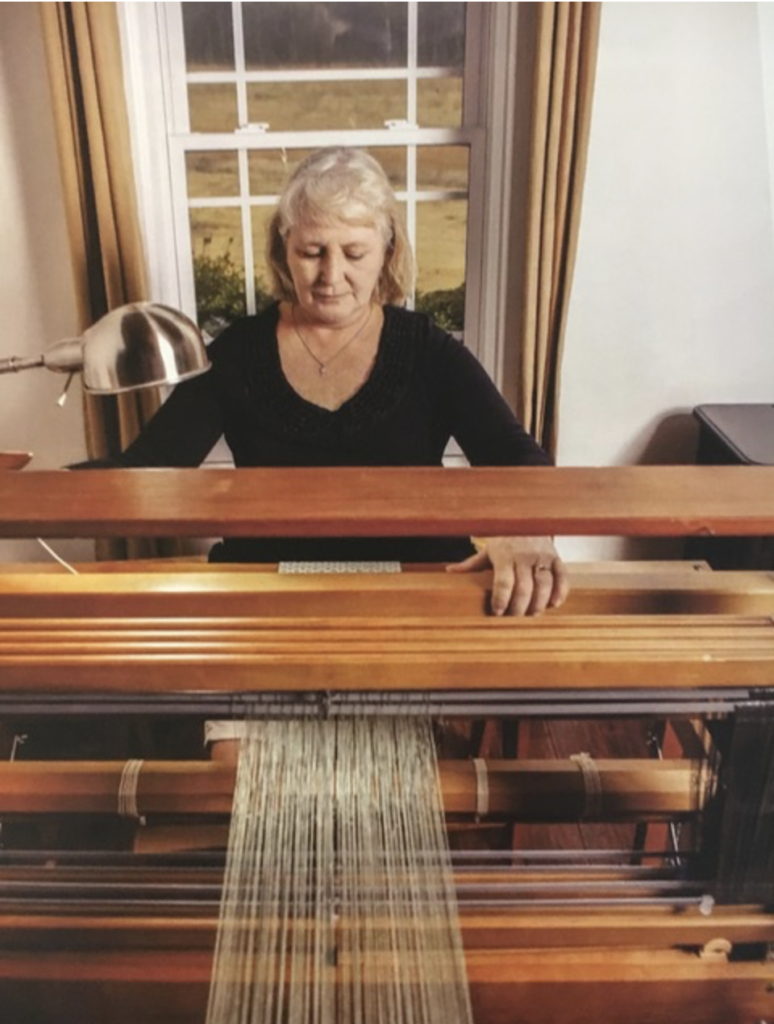
You are blessed to live in a beautiful location. How do you most enjoy spending your days? What should visitors to your region look out for as a “must do”?
“God has graciously blessed my husband and me with a beautiful place to live, a small farm in rural South Carolina. We share our space with 21 dairy goats, a mini donkey, chickens, a barn kitty, and a playful pup! There are many routine farm chores to keep up with, along with the occasional urgency/emergency. I’ve found my nurse practitioner skills translate well to farm animals! In addition to fiber arts, I also like to garden.
South Carolina is diverse in natural beauty. It is one of the smaller U.S. states but stretches from the seashore to the mountains. It is also rich in history and historical sites and gardens.”
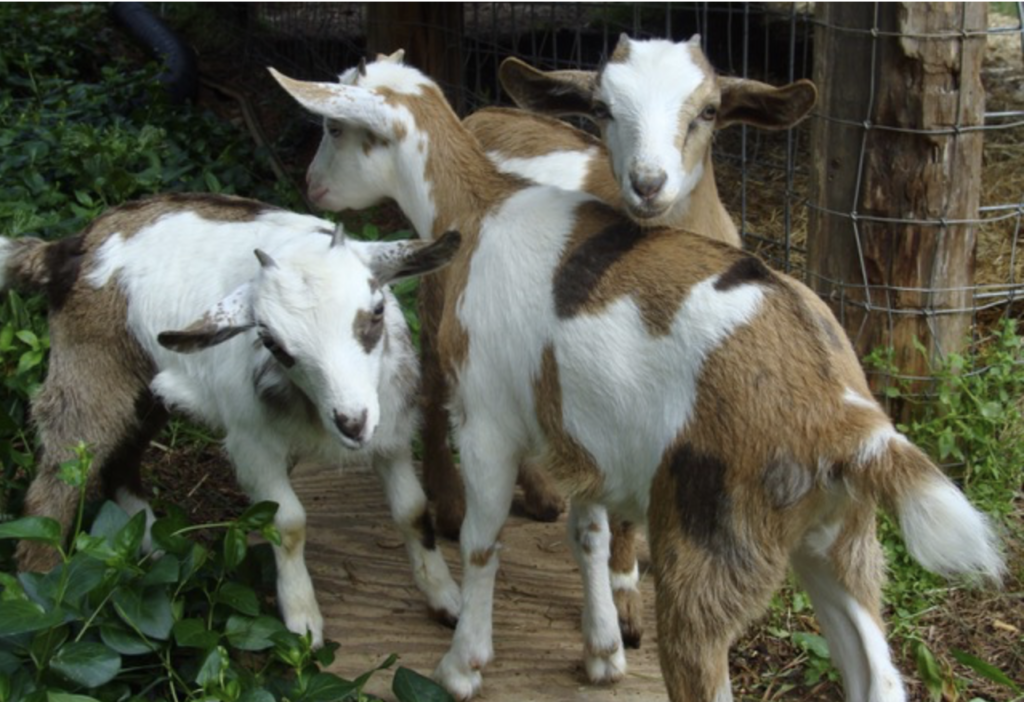
You can find more great weaving information on Debby’s blog, Flora & Fiber. Books can be purchased through the blog, on Amazon or in selected stores.
Purchase Krokbragd – How to Design and Weave
Now, about that giveaway! To enter, leave a comment below that describes why you would love to win a signed copy of Krokbragd Patterns. If your comment doesn’t show up right away, don’t worry, I will approve it when I see it (I have to keep those spammers at bay!)
Open to anyone worldwide.
I will draw the lucky winner on the Saturday 17th of April, 2021.
- THE GIVEAWAY HAS NOW CLOSED. CONGRATULATIONS TO THE WINNER, CHERI SUTHERLAND!
Until next time…
Happy Weaving!


